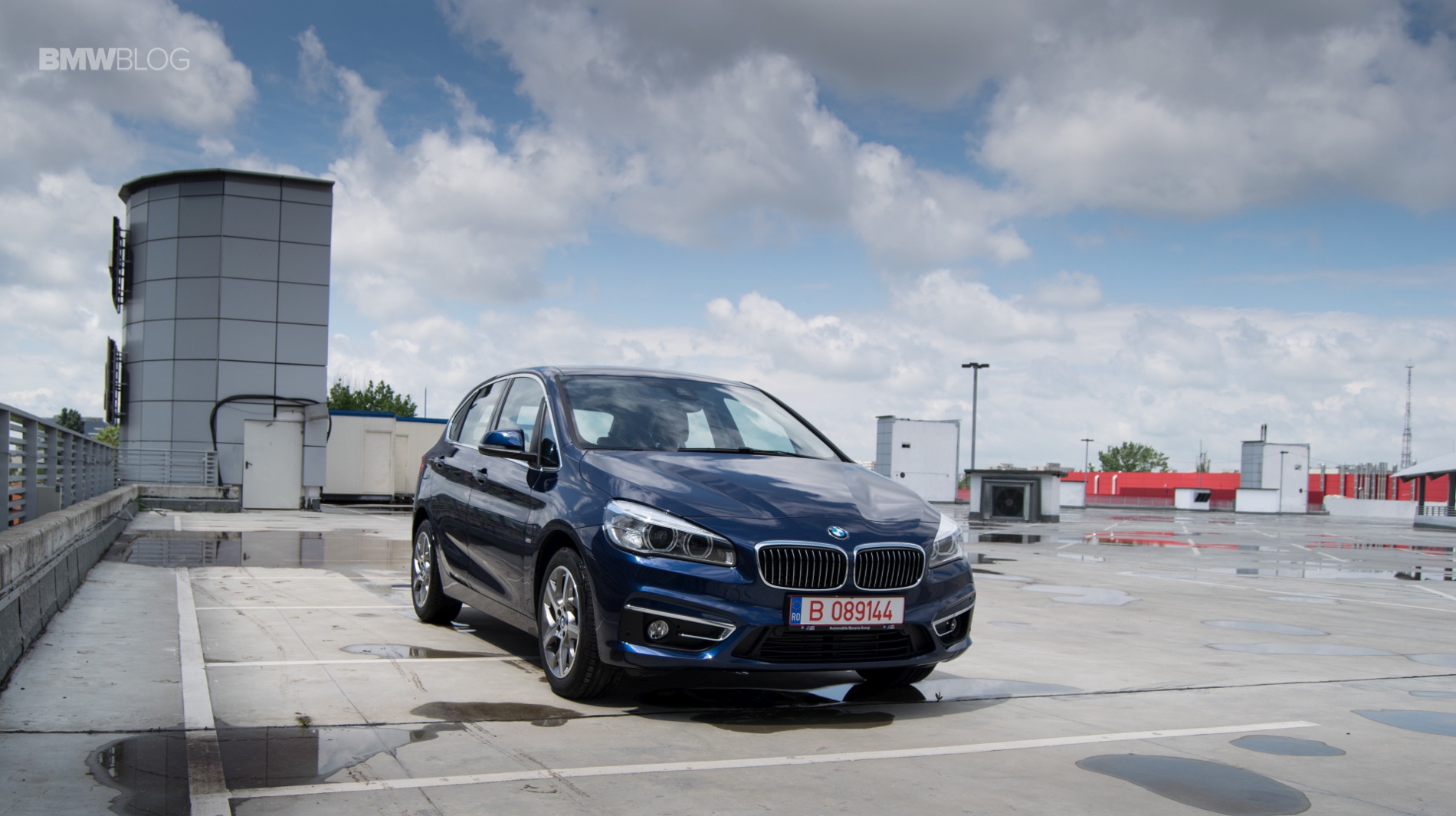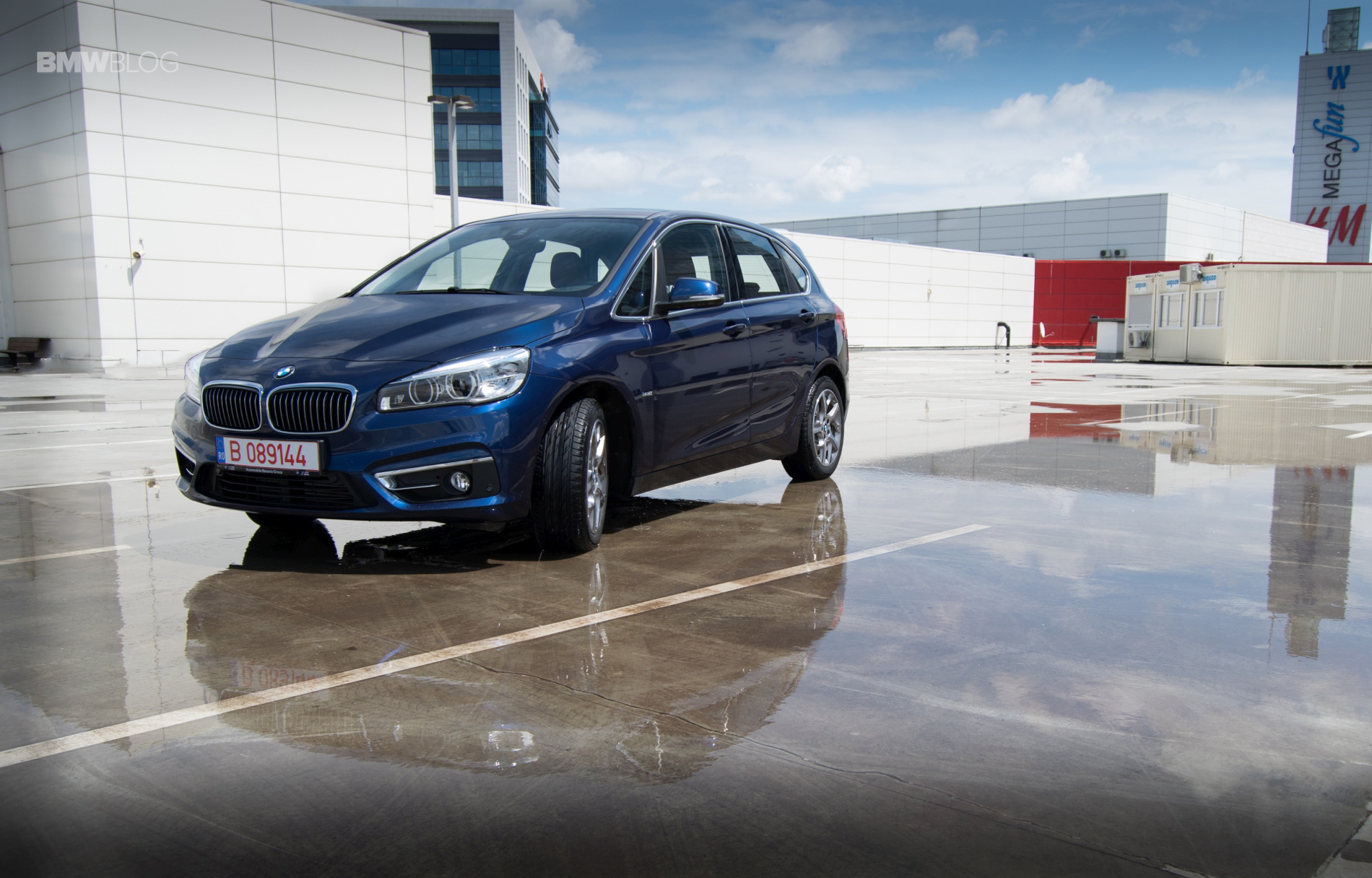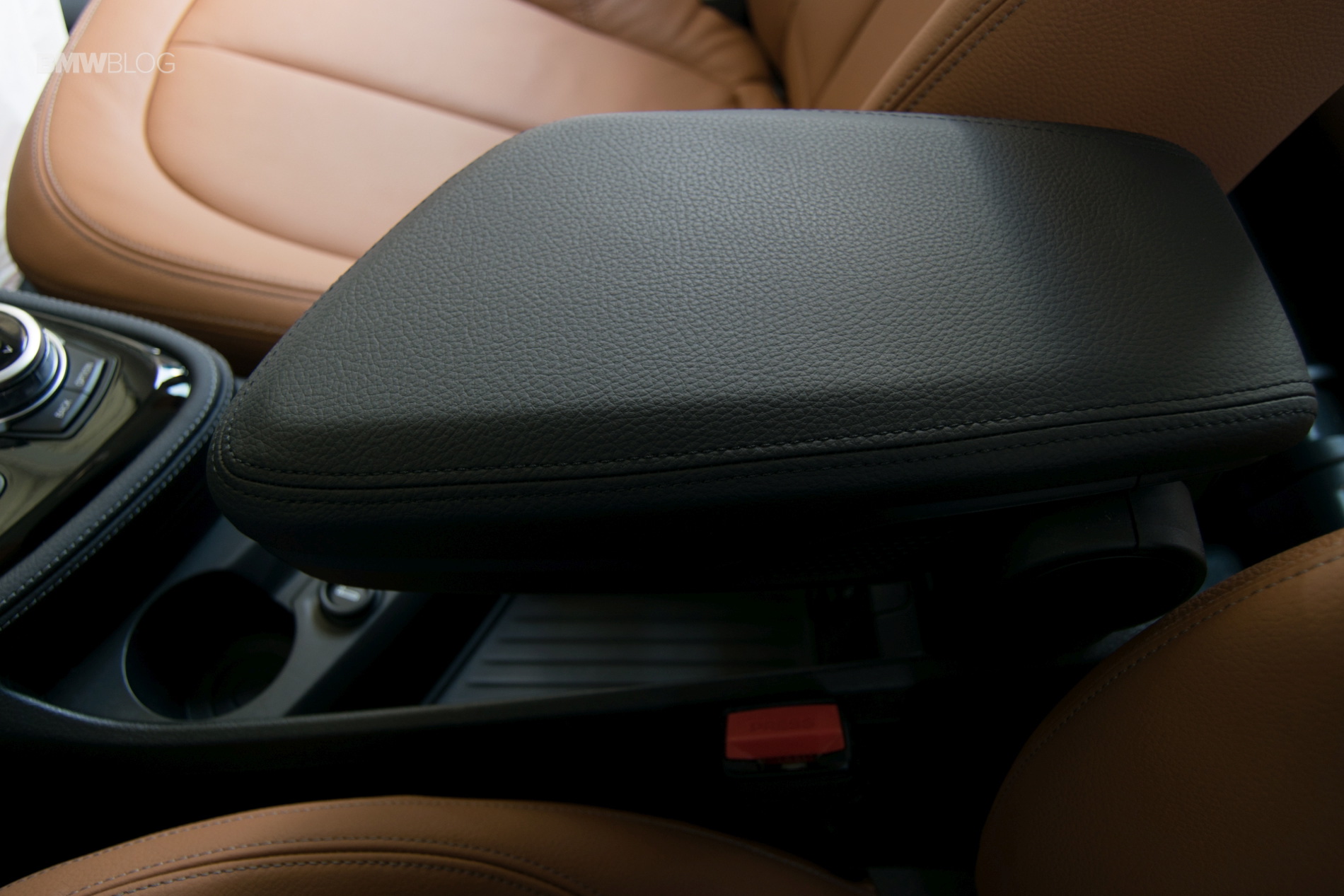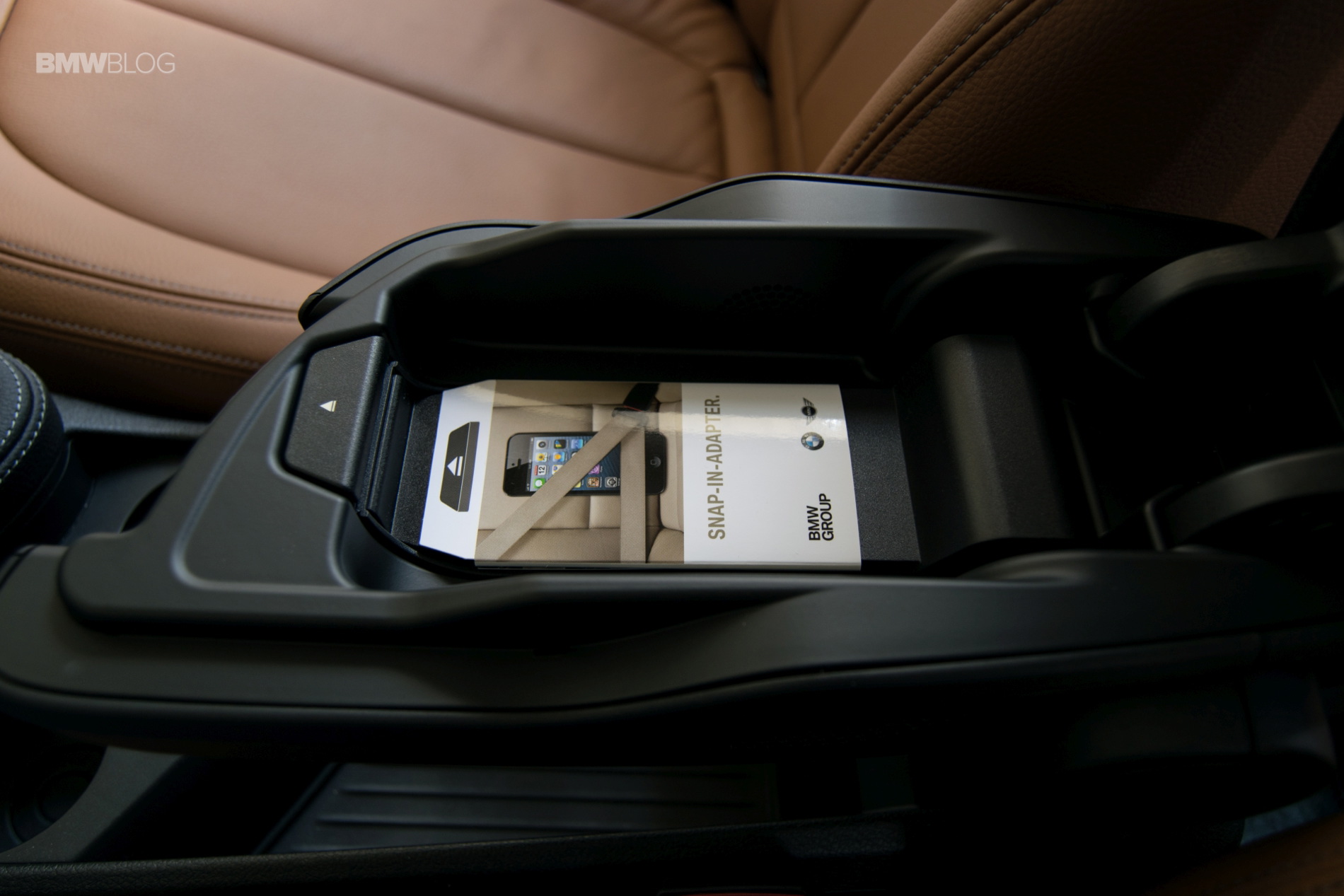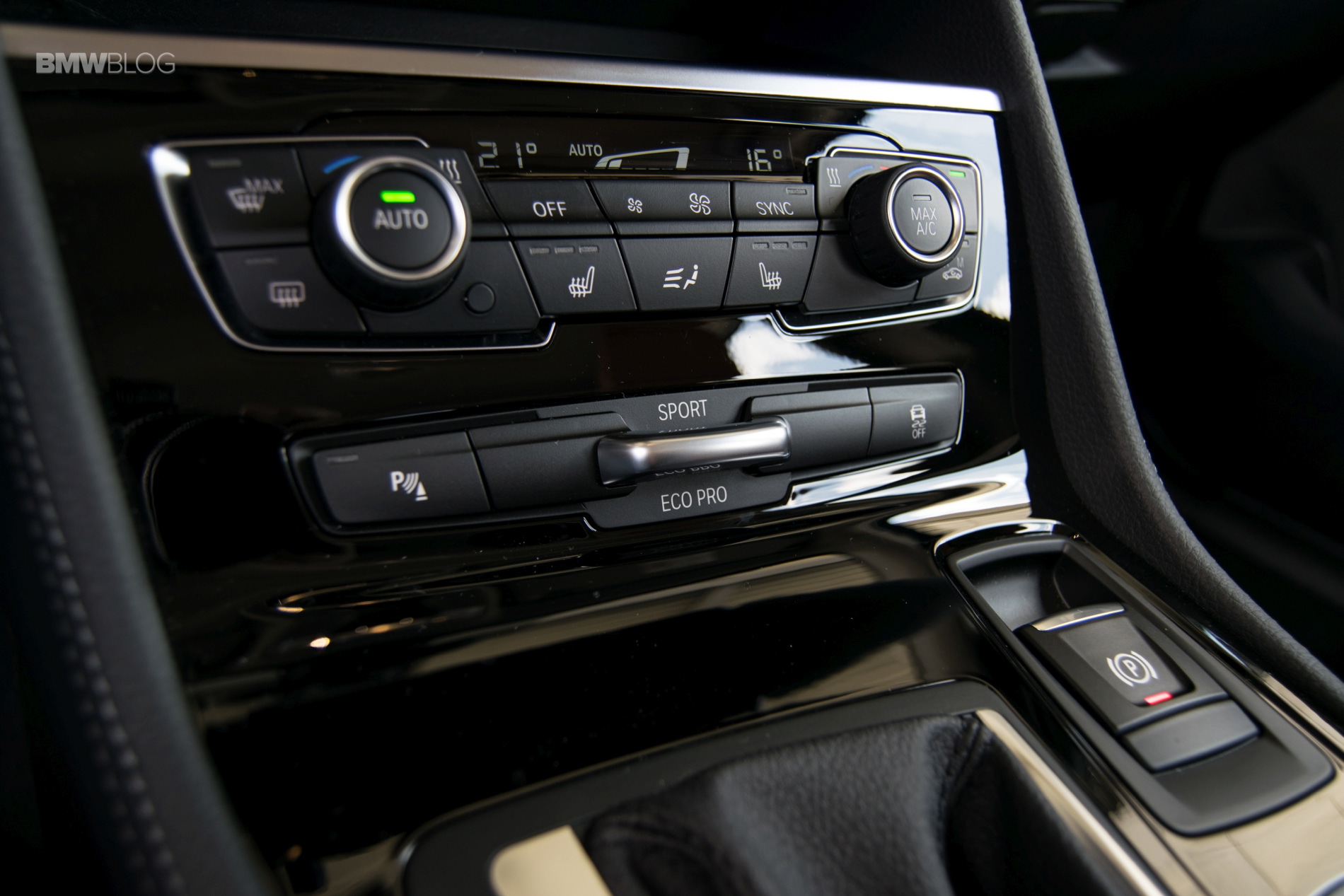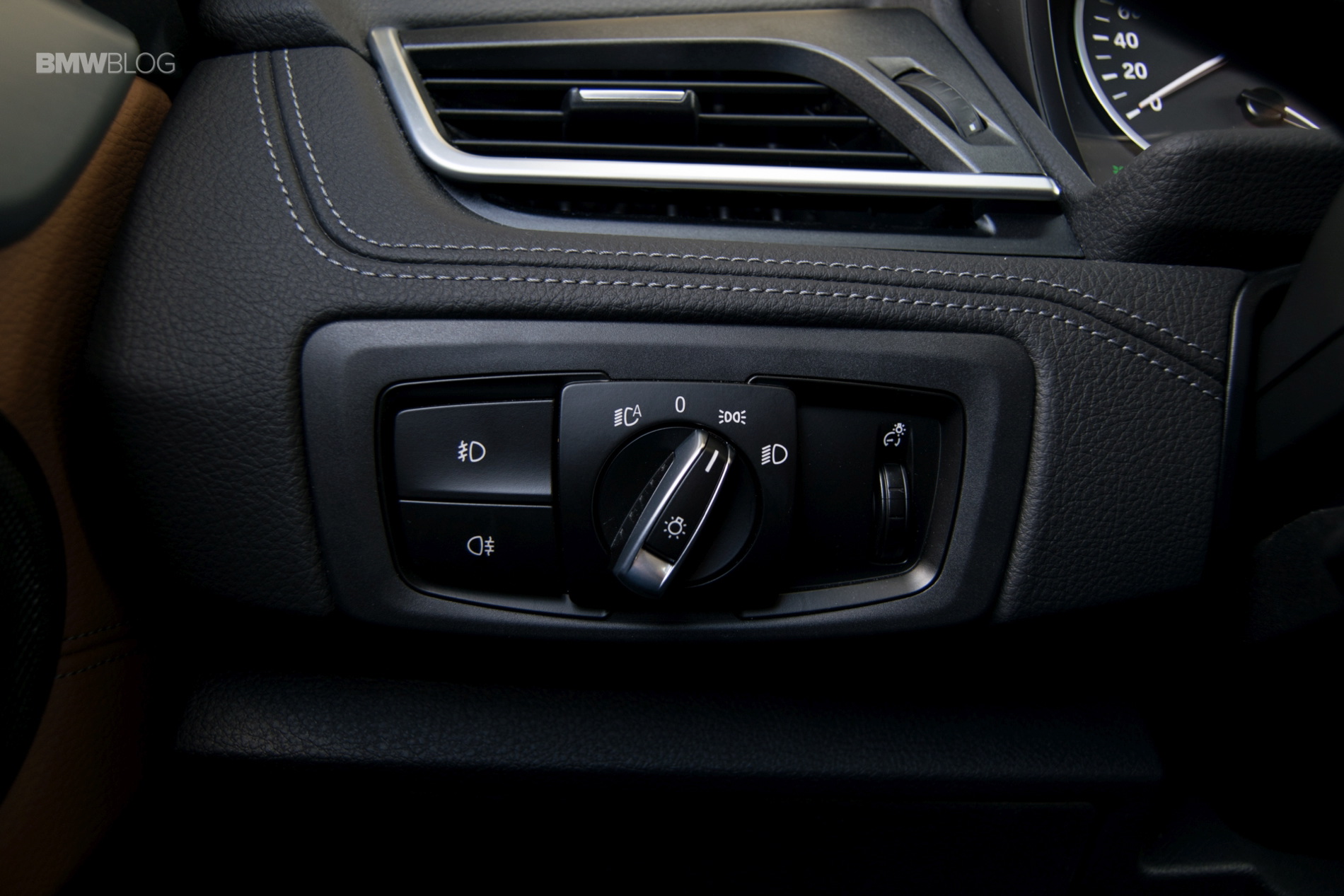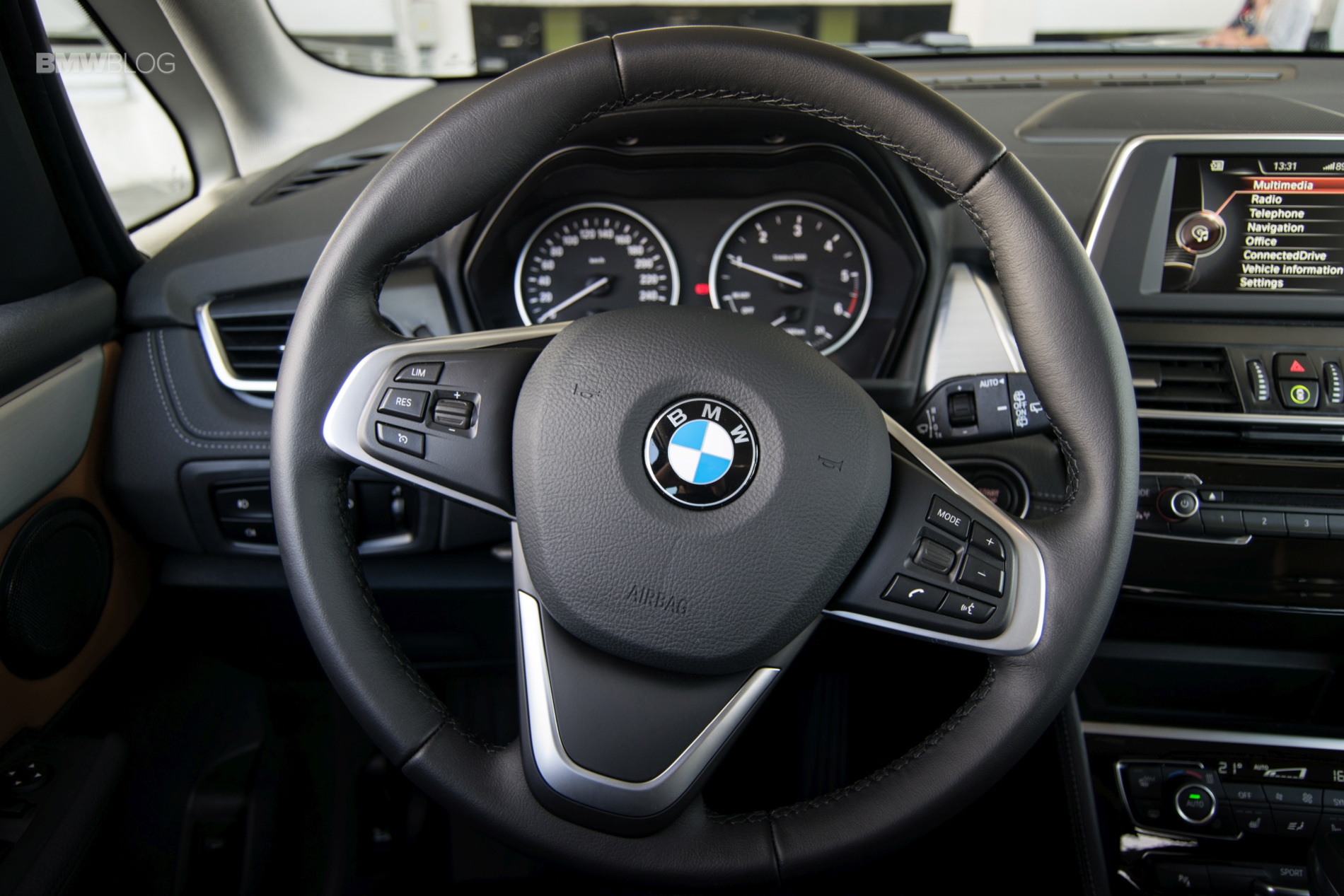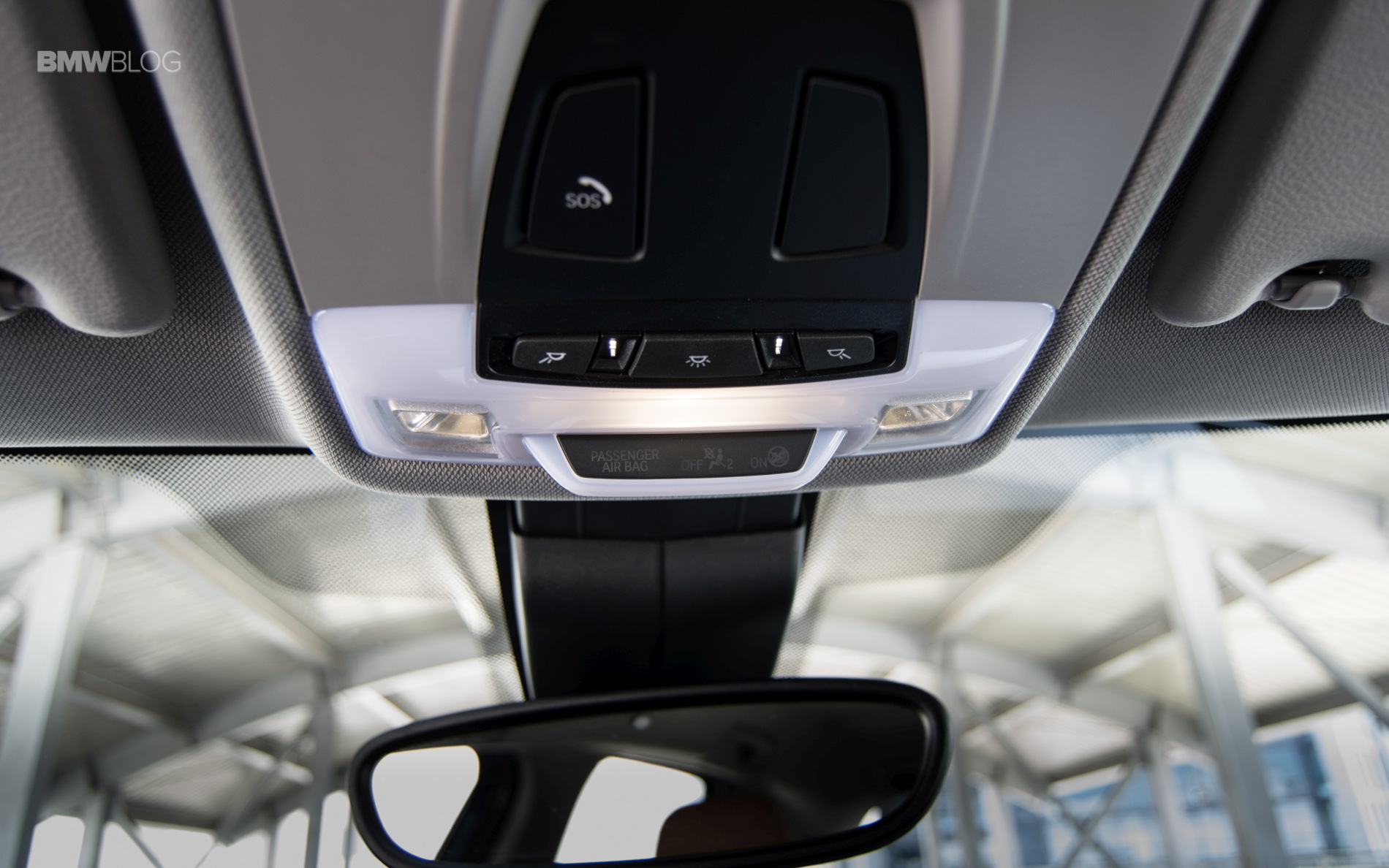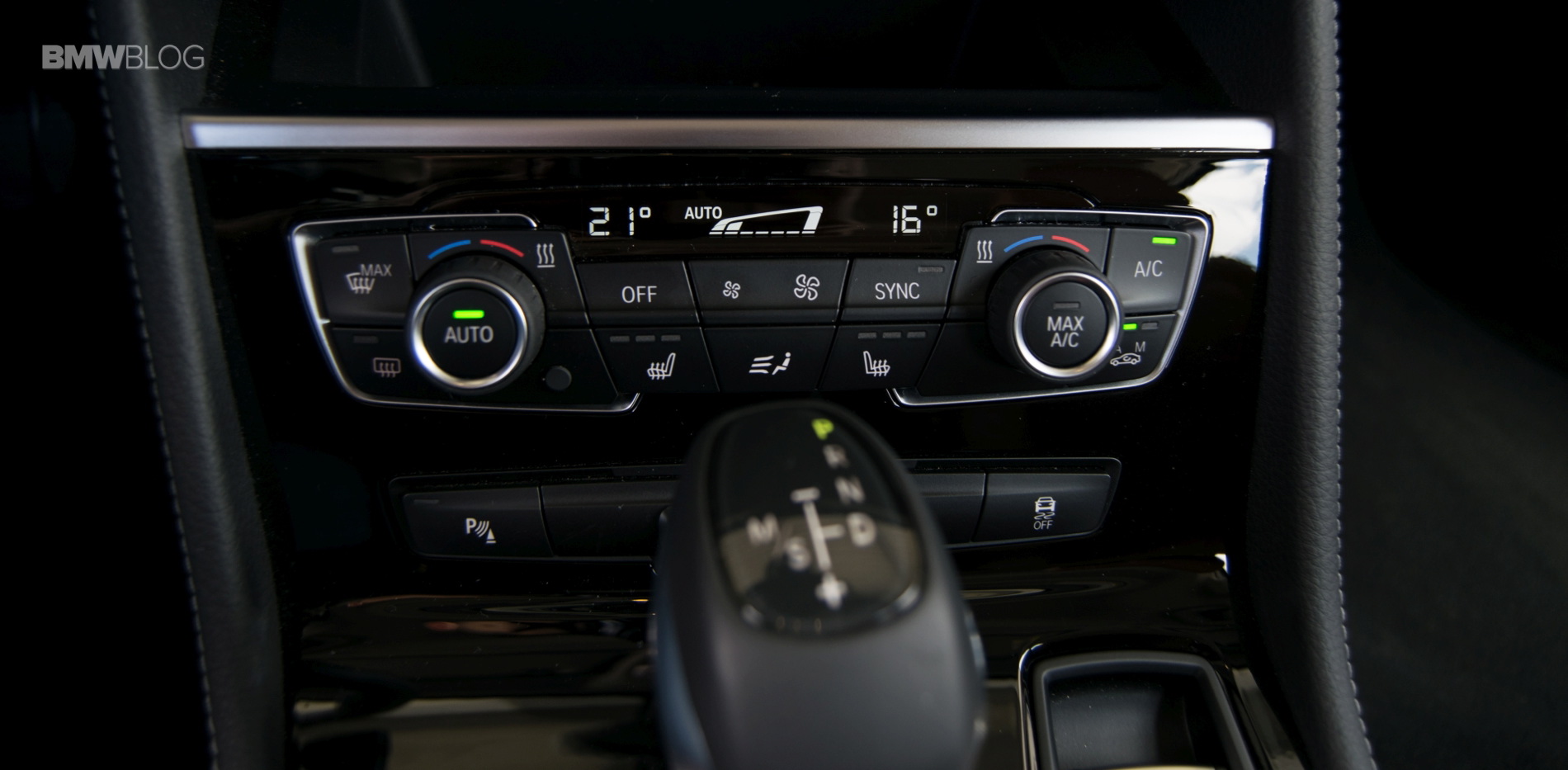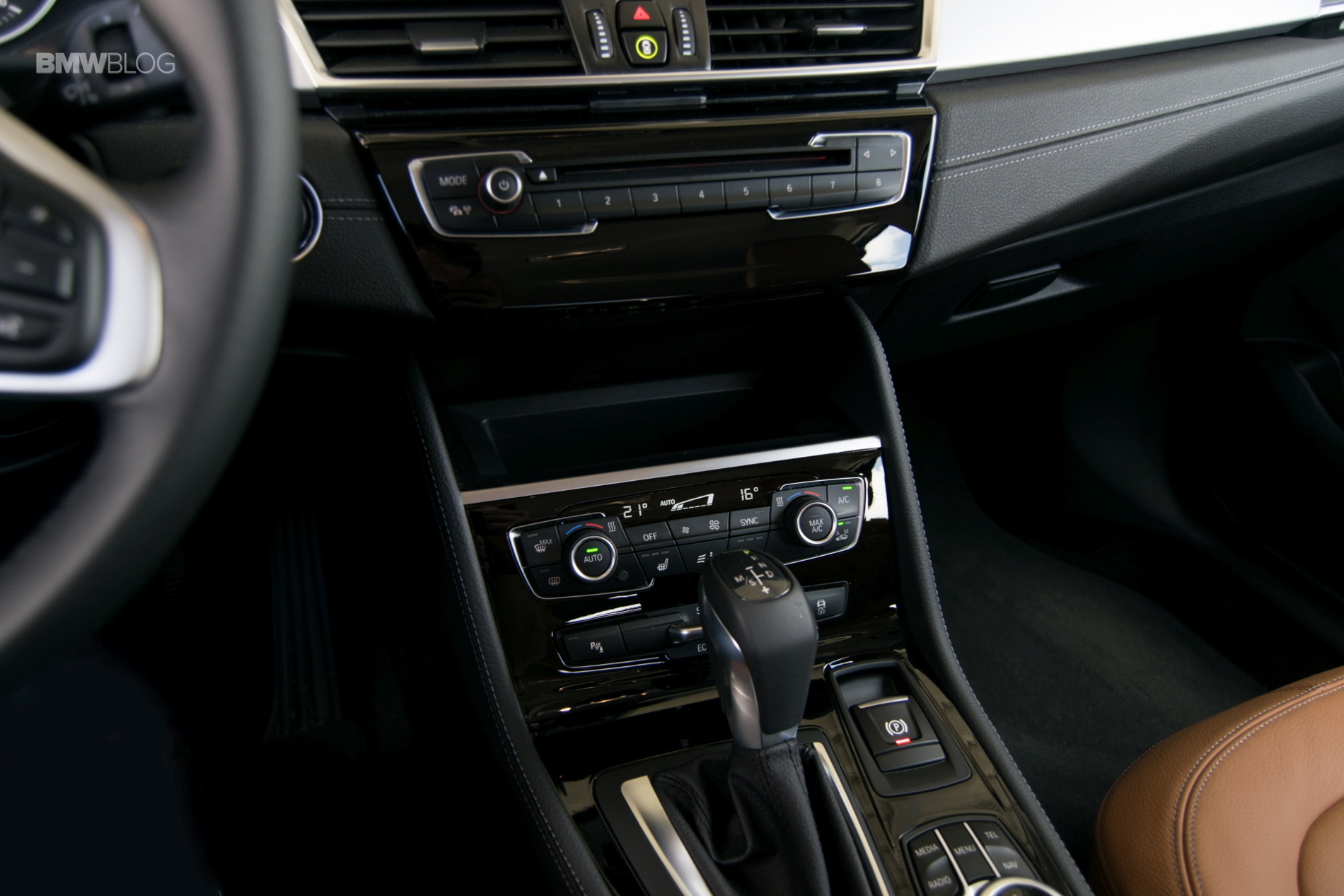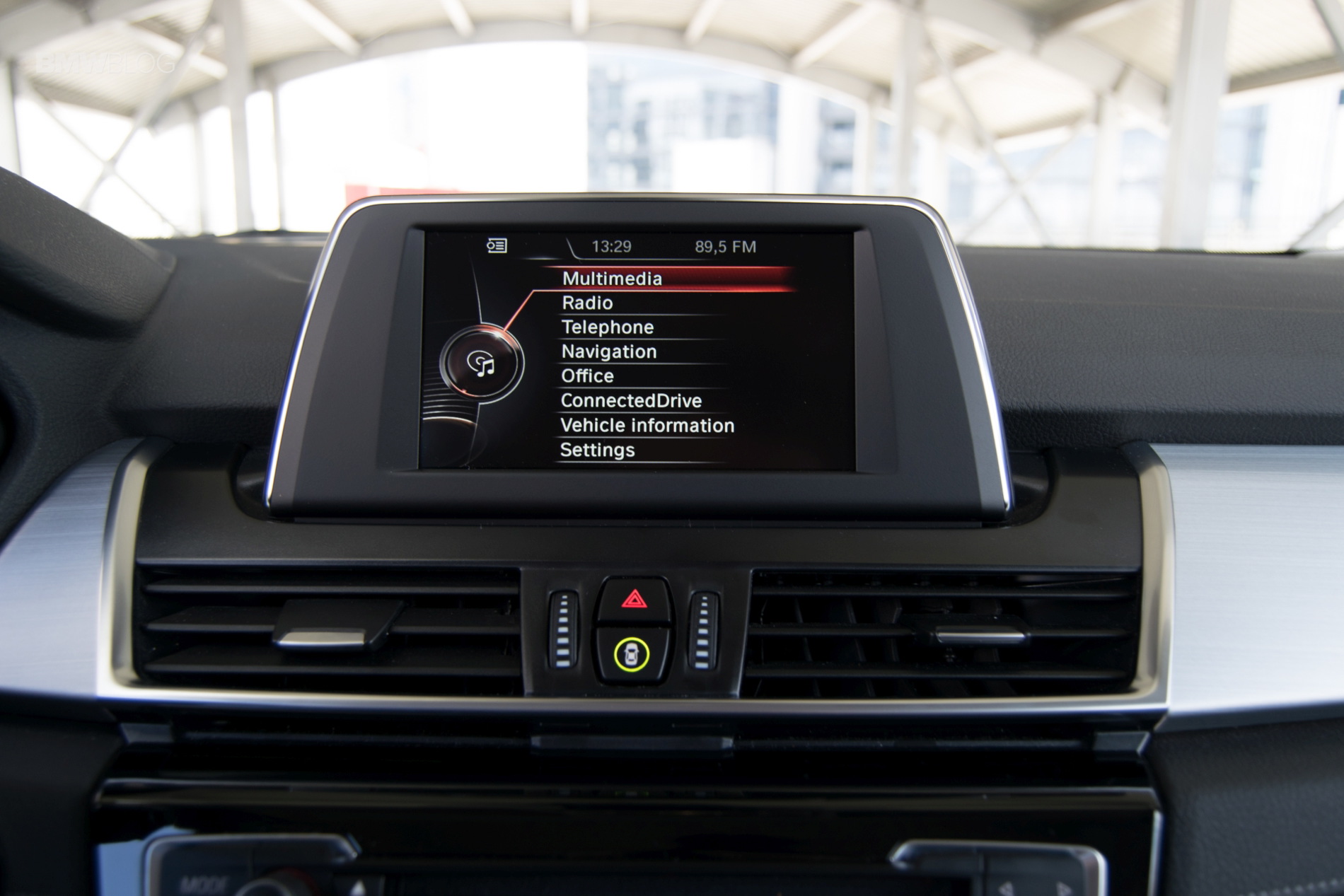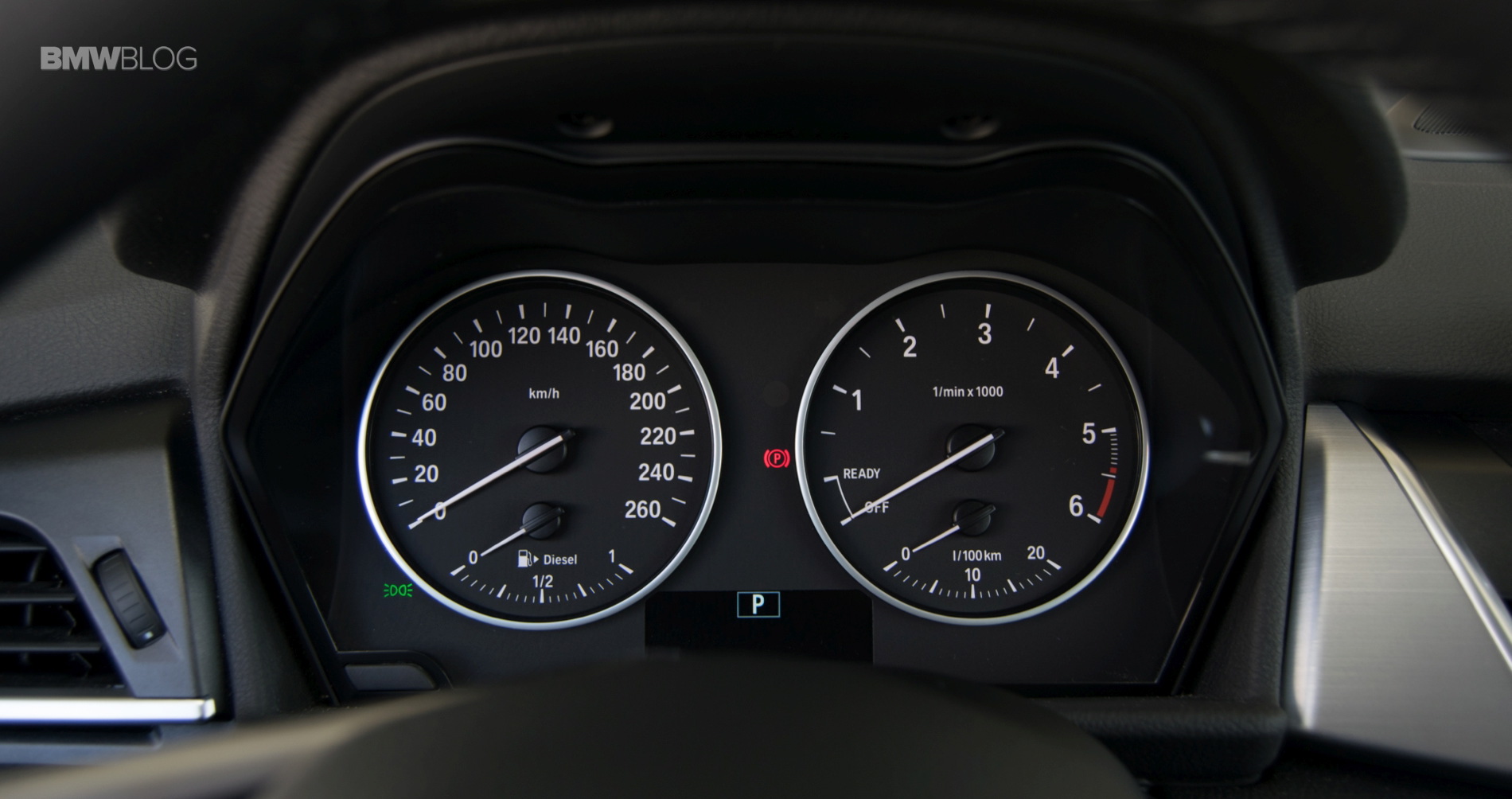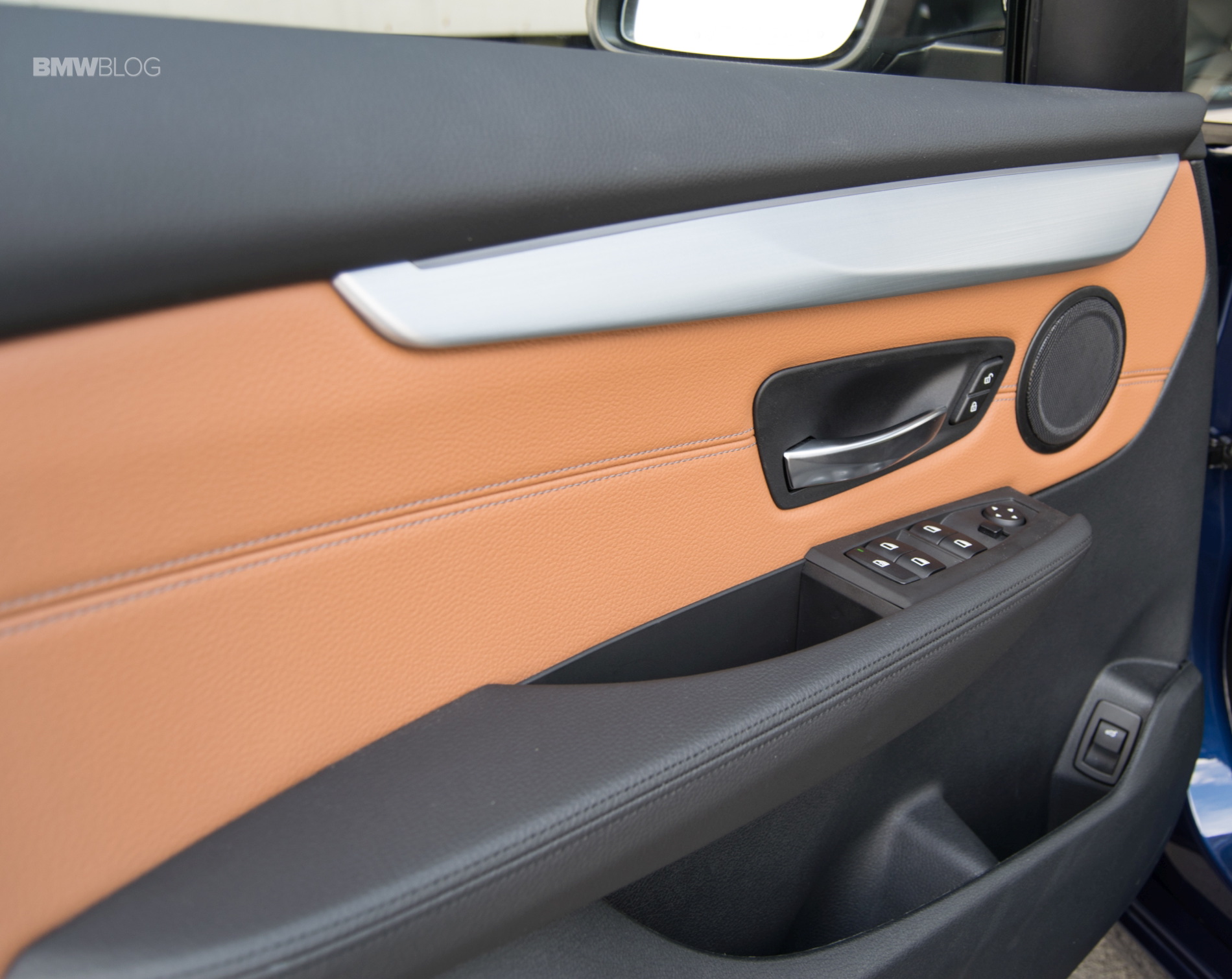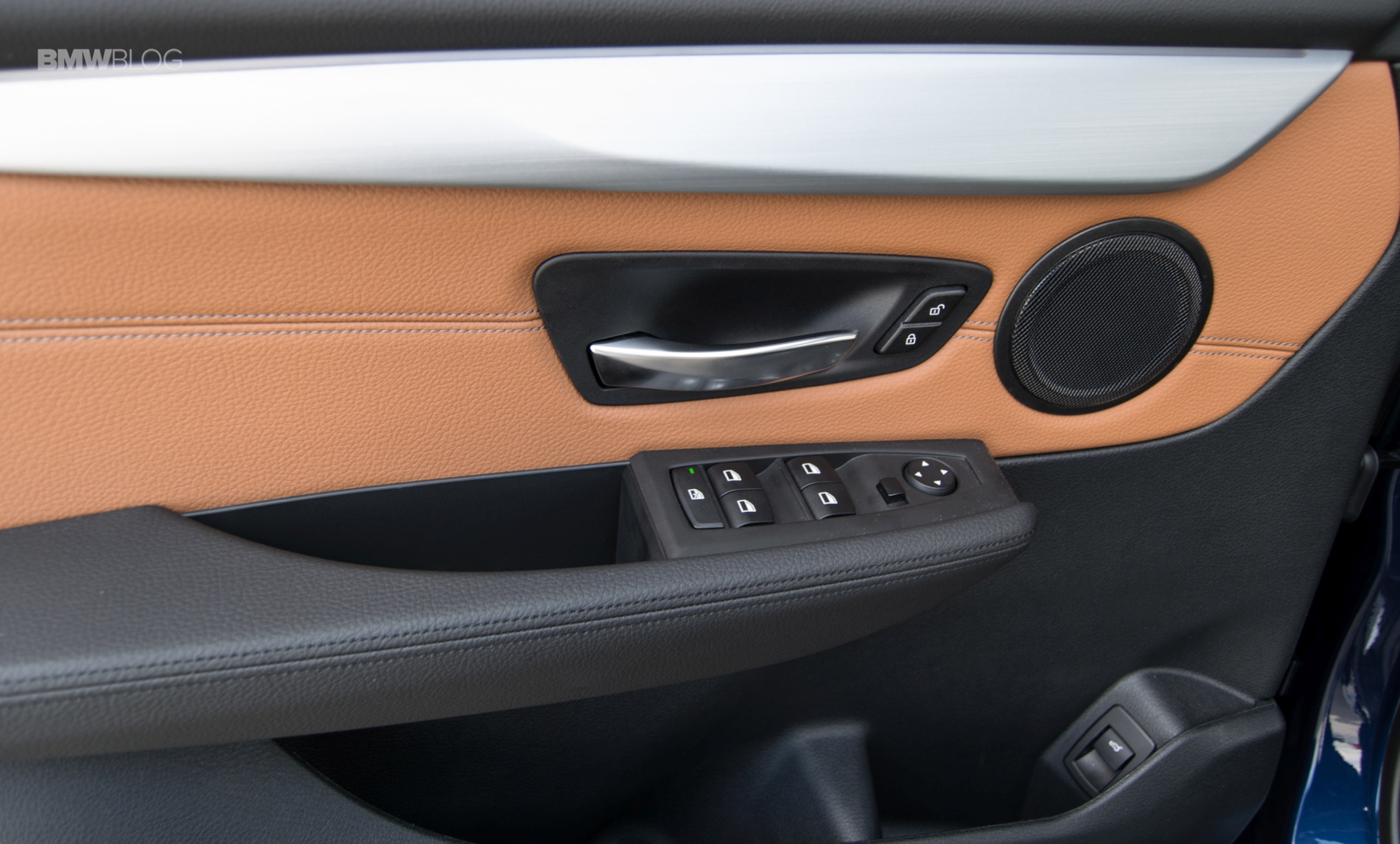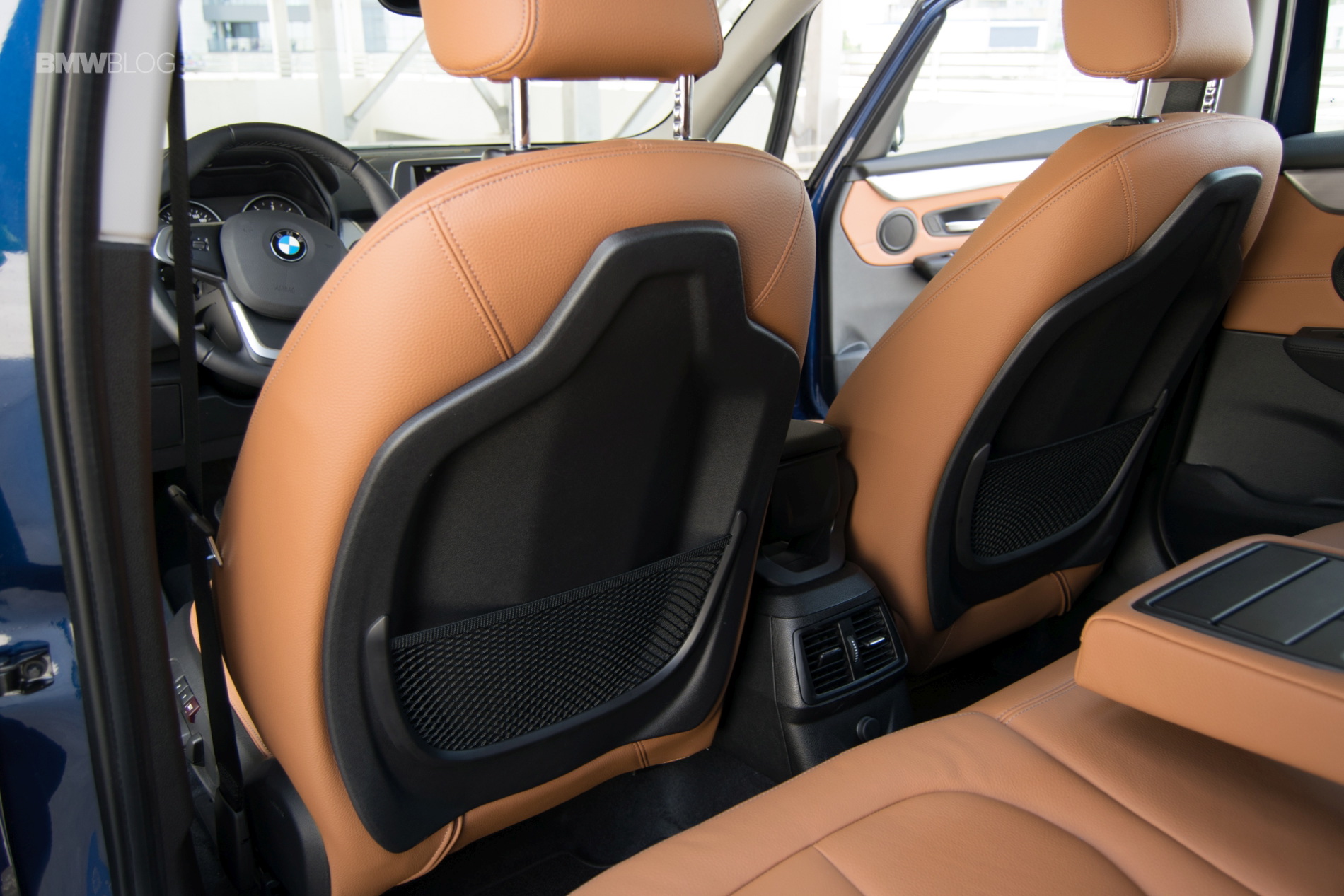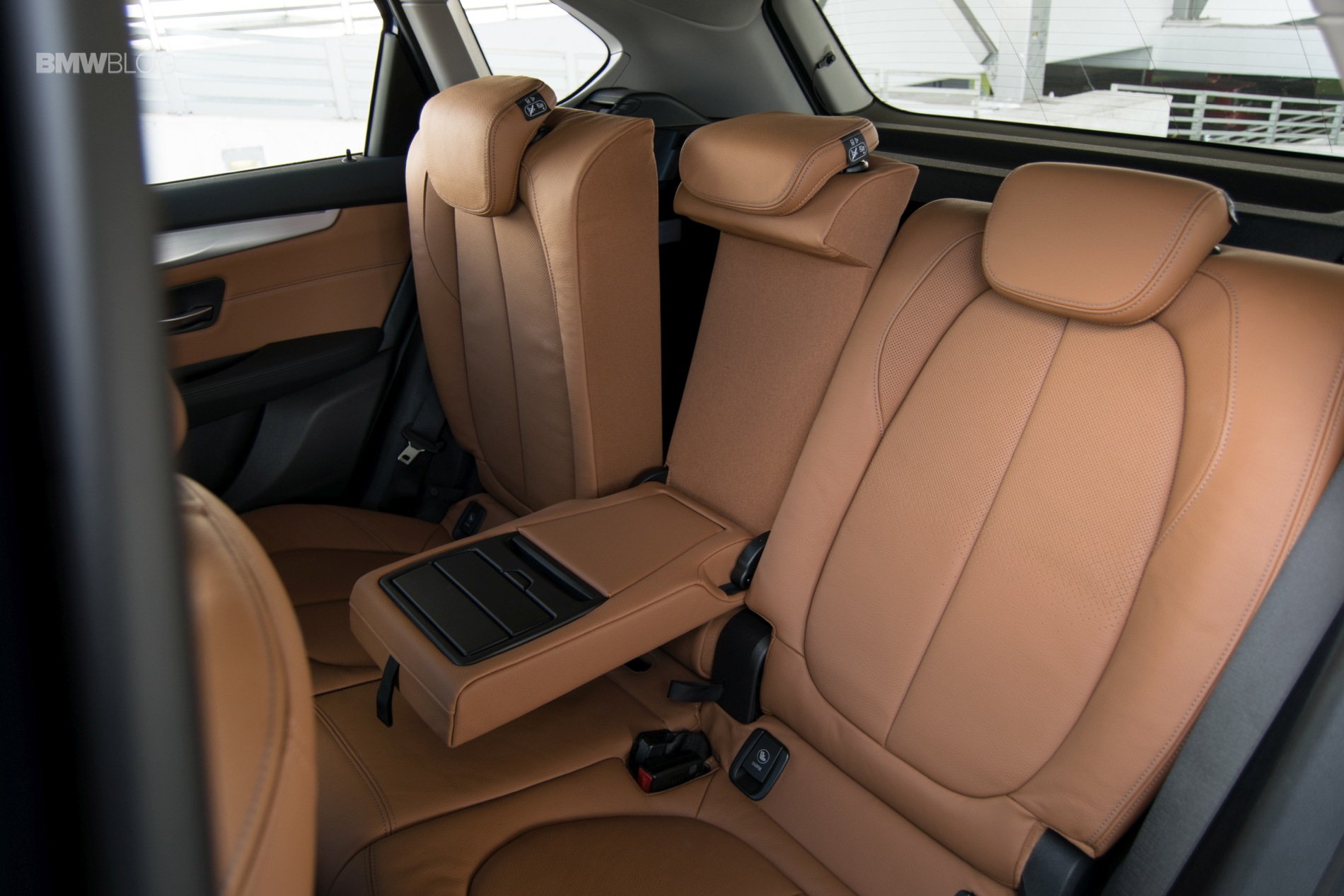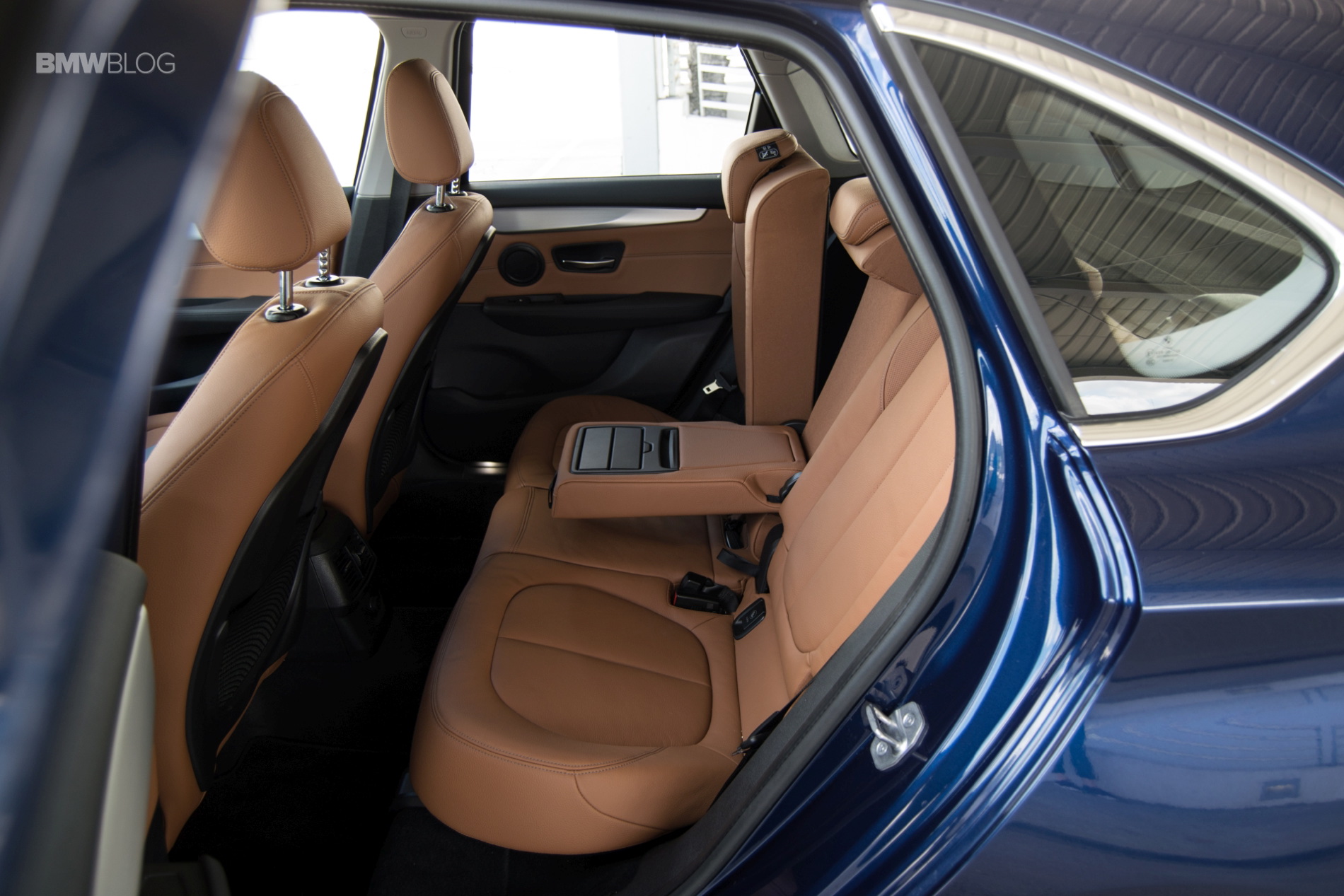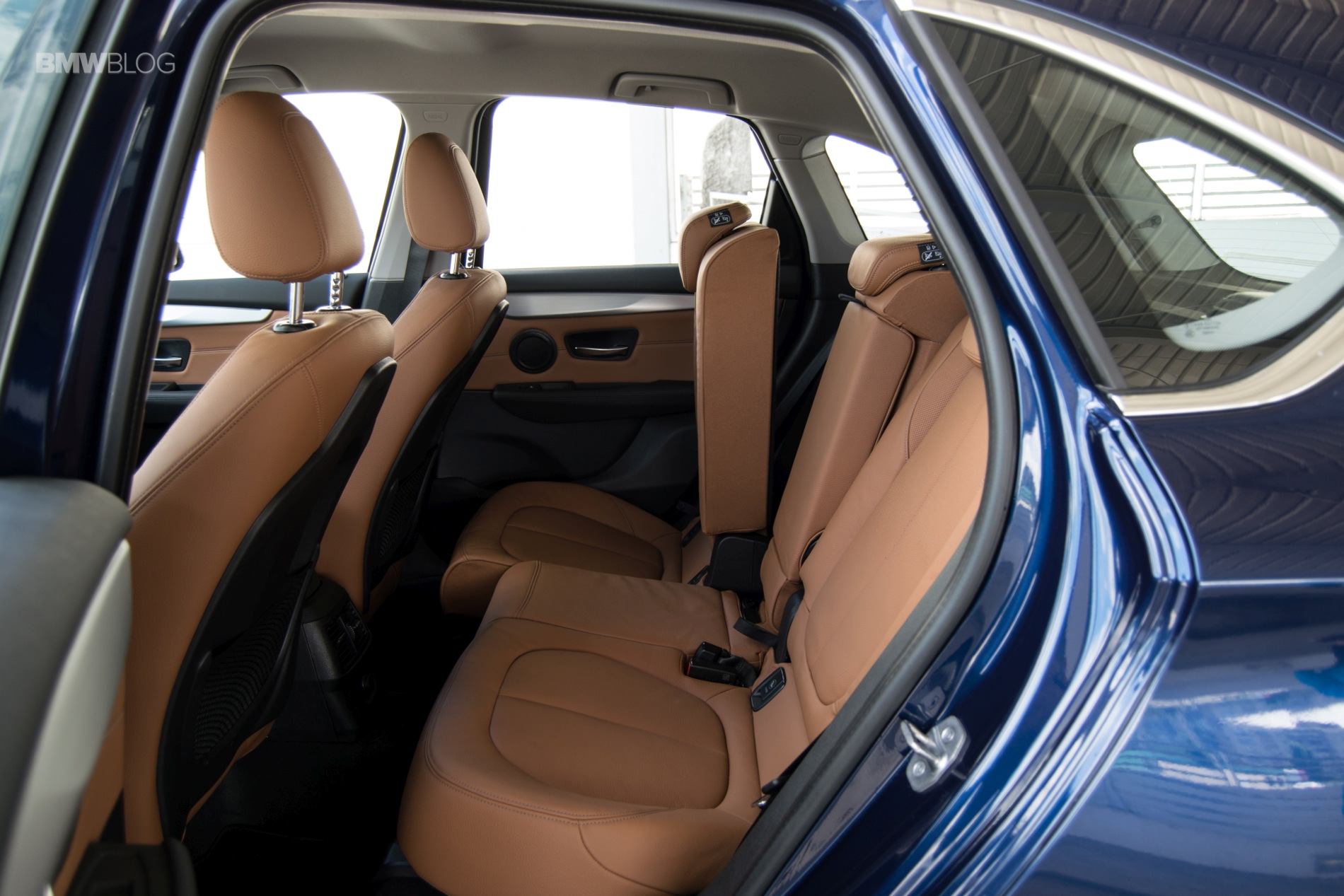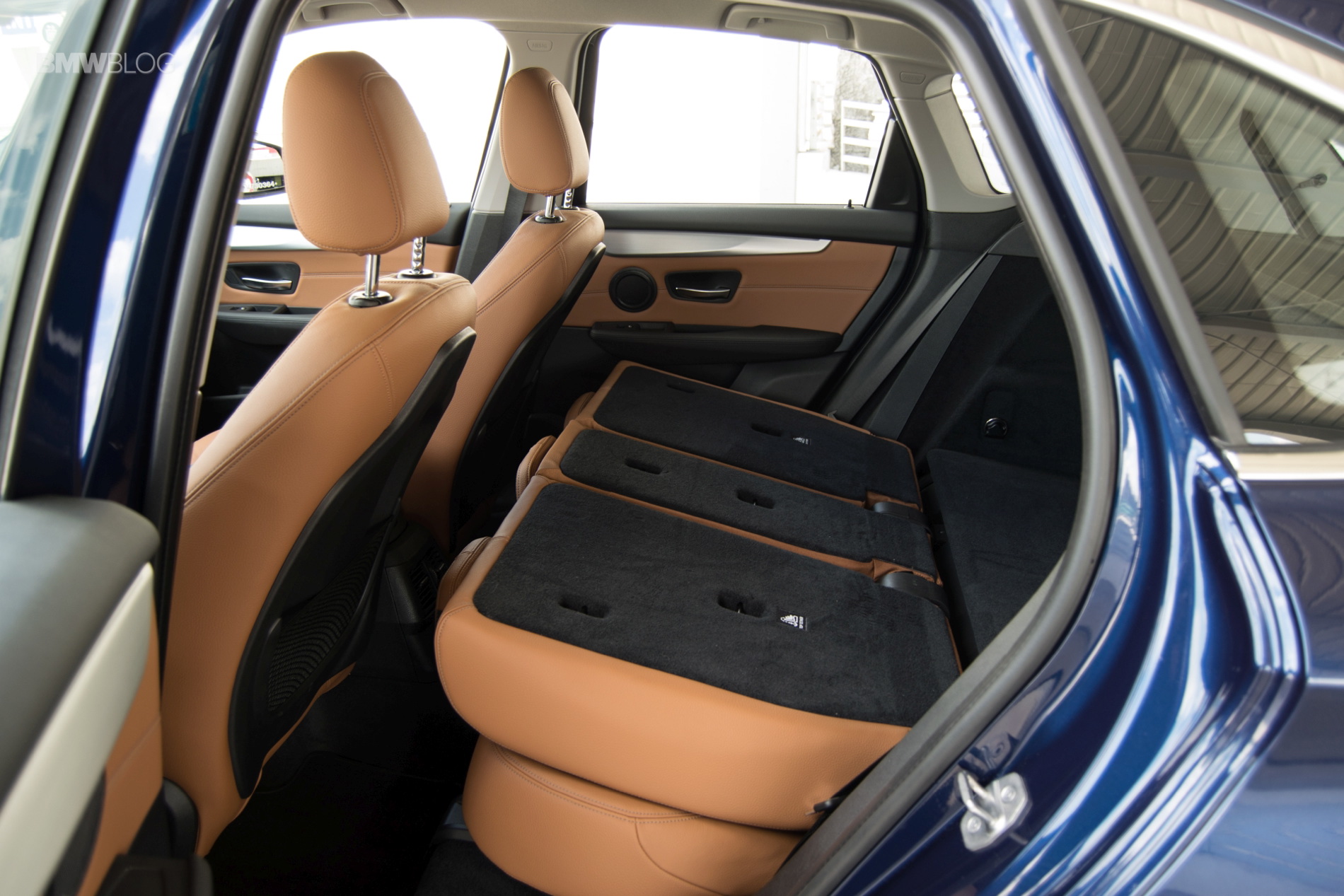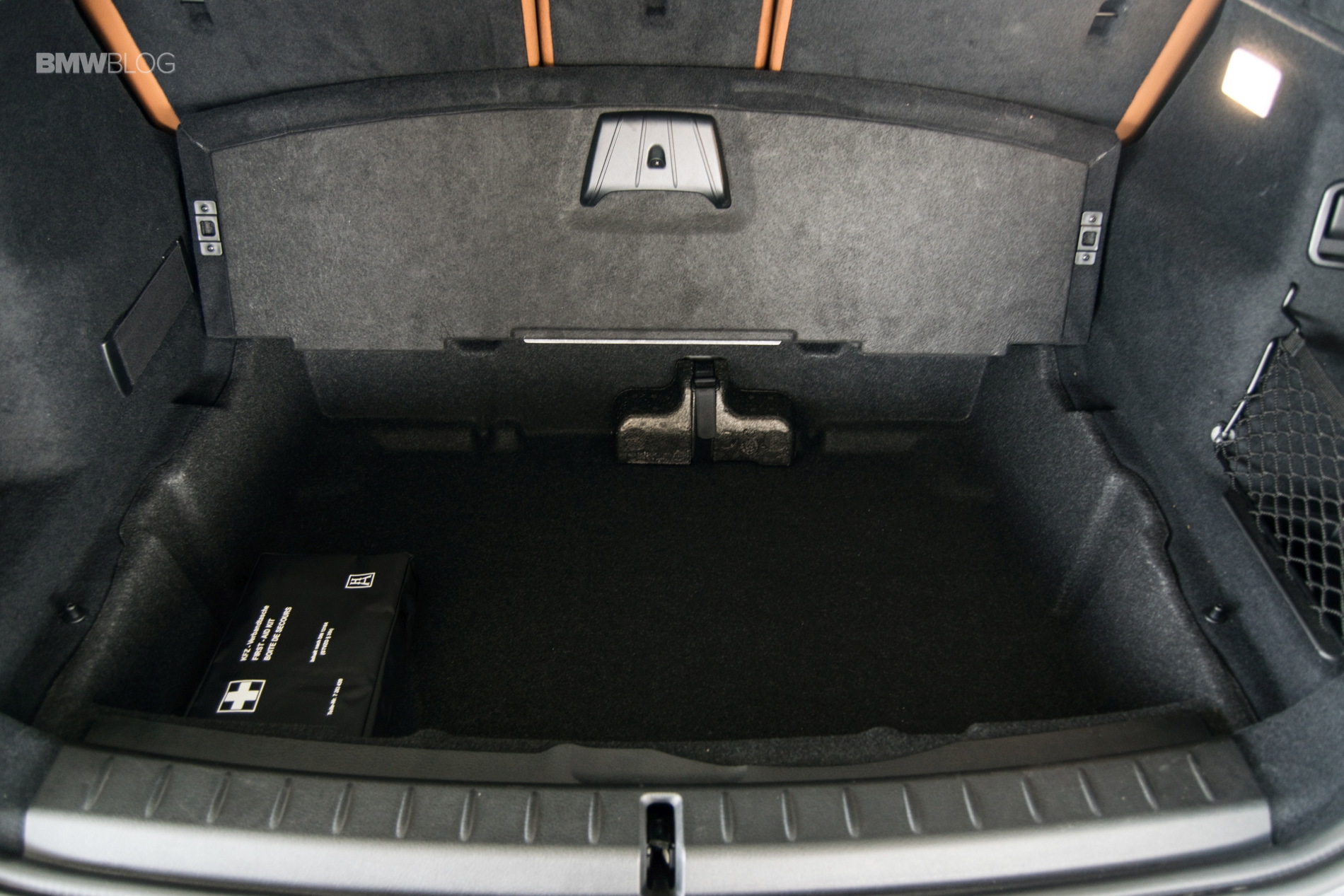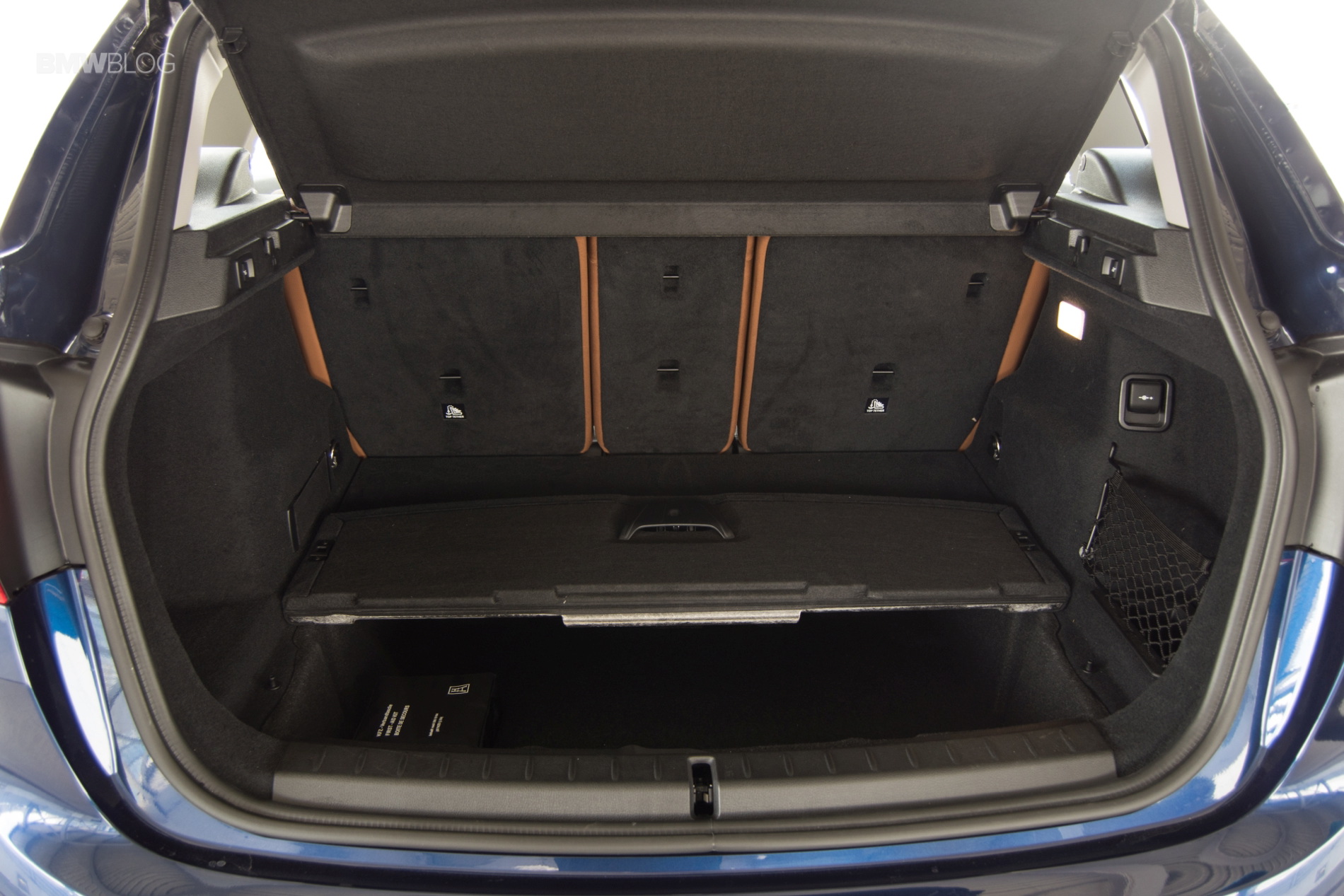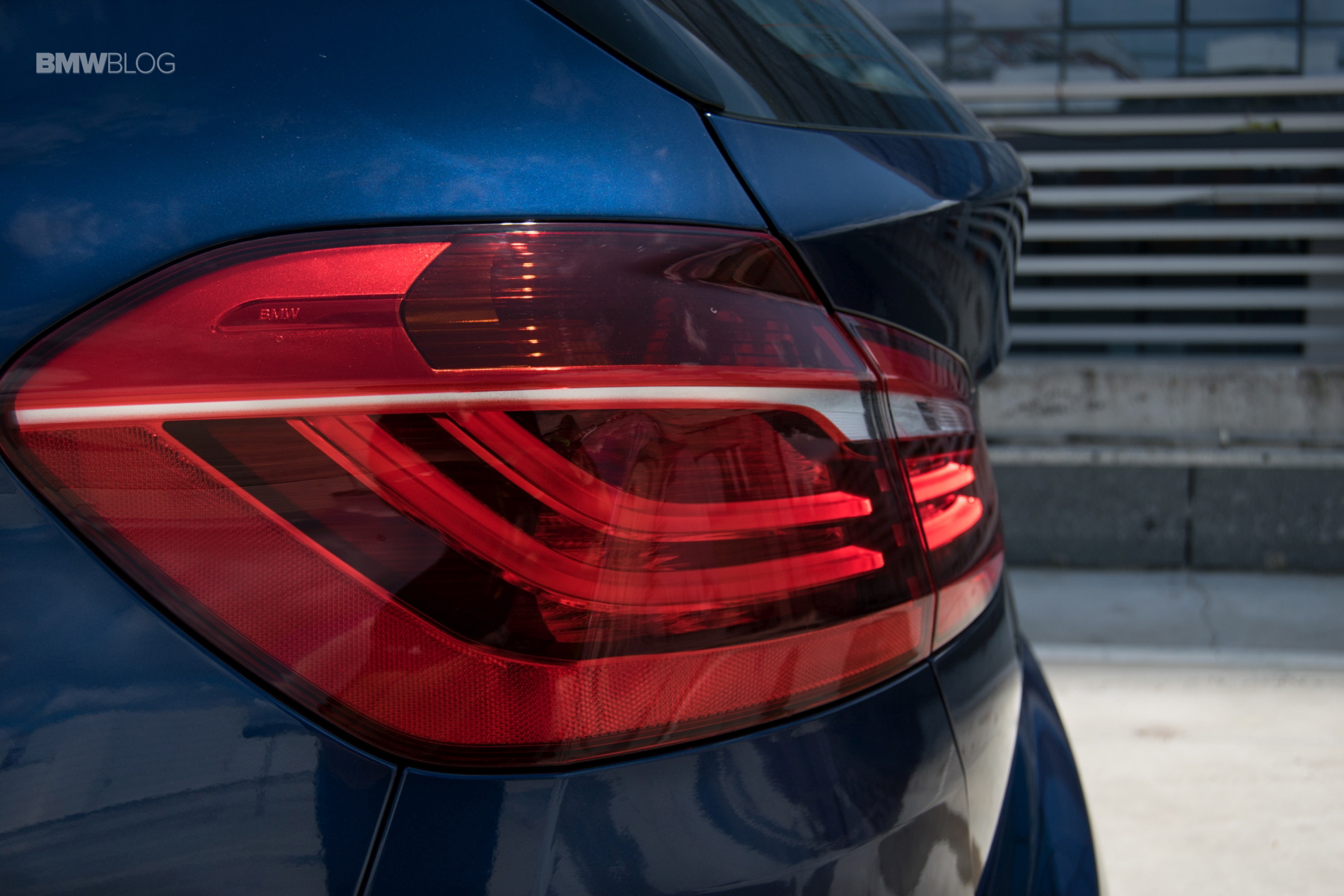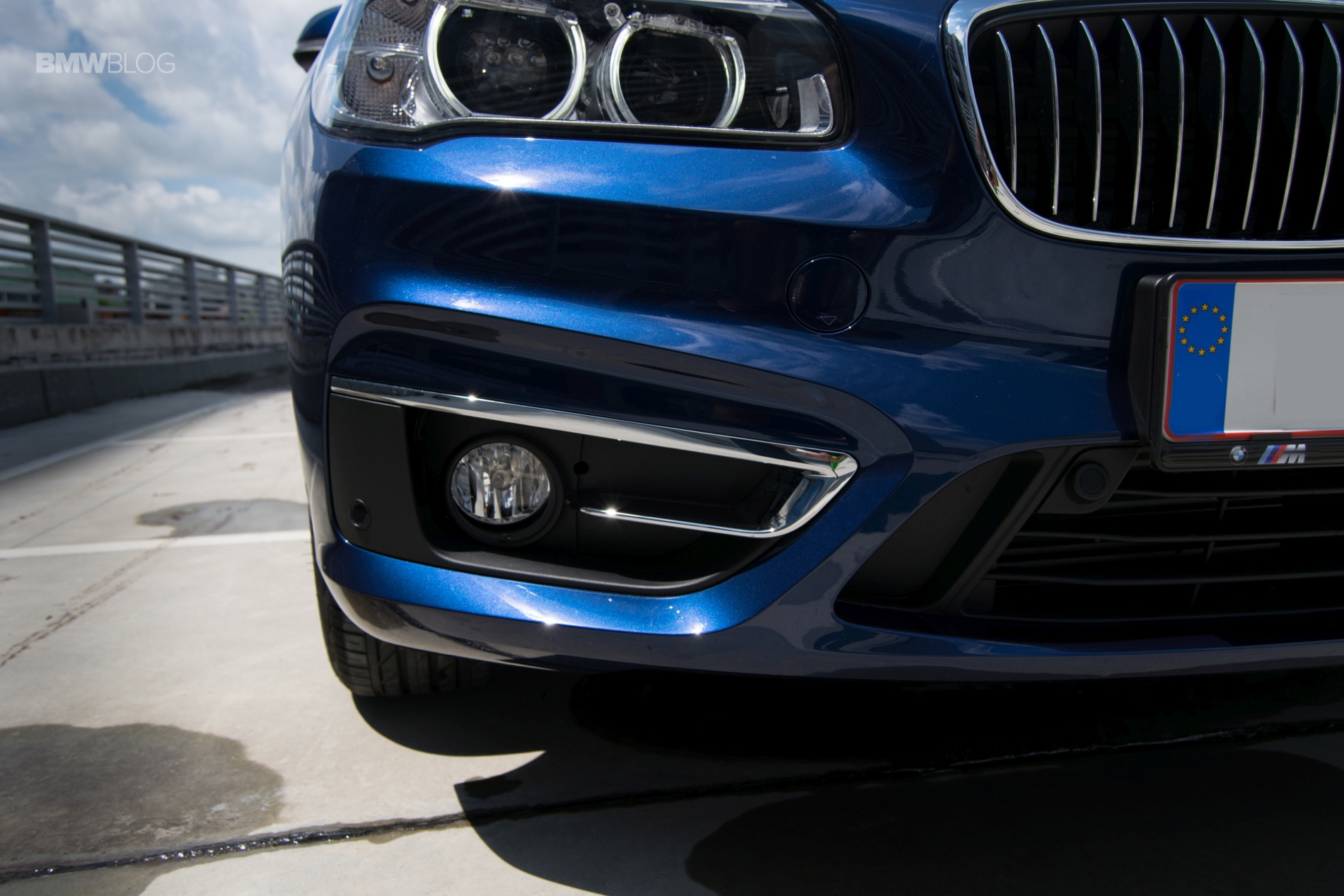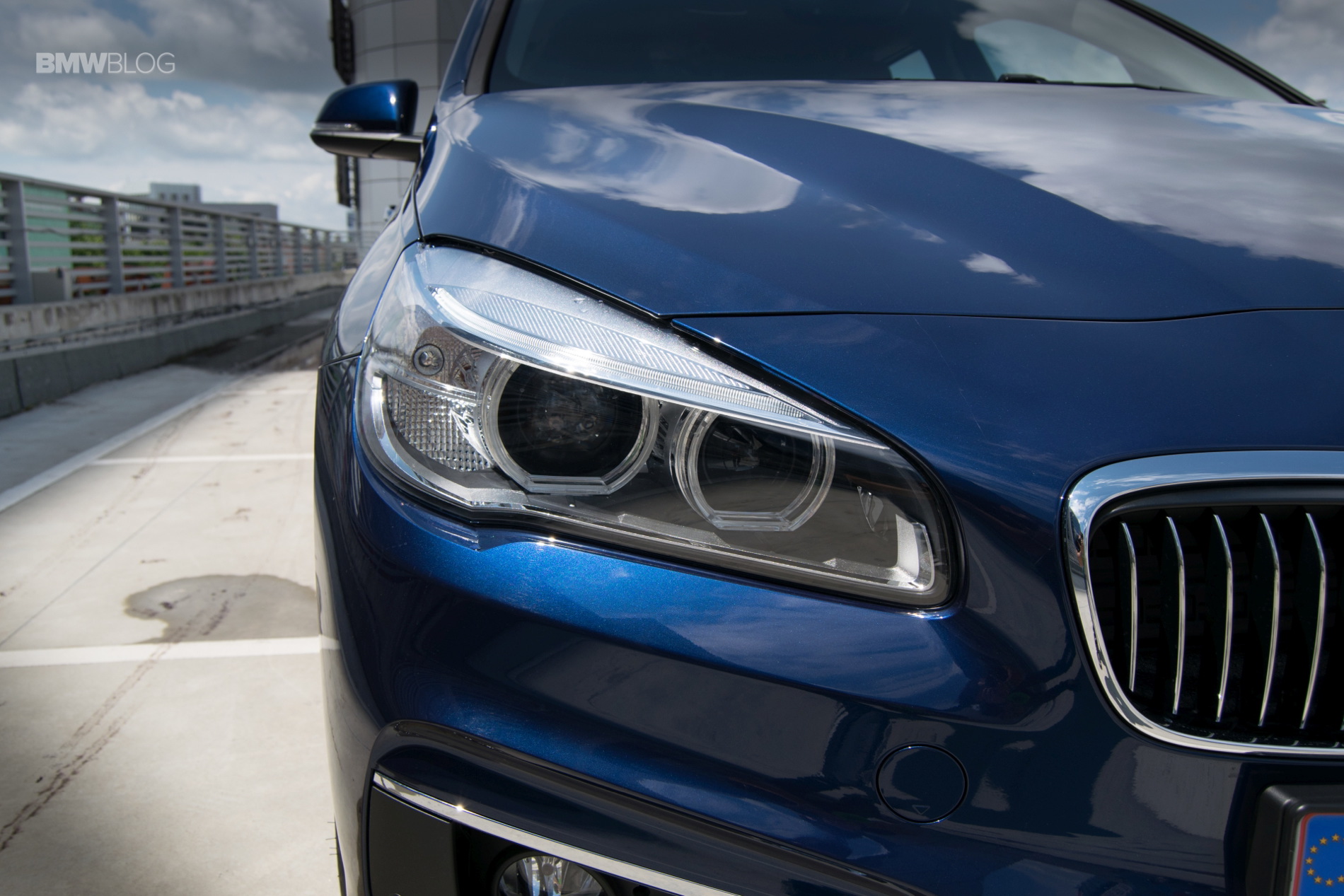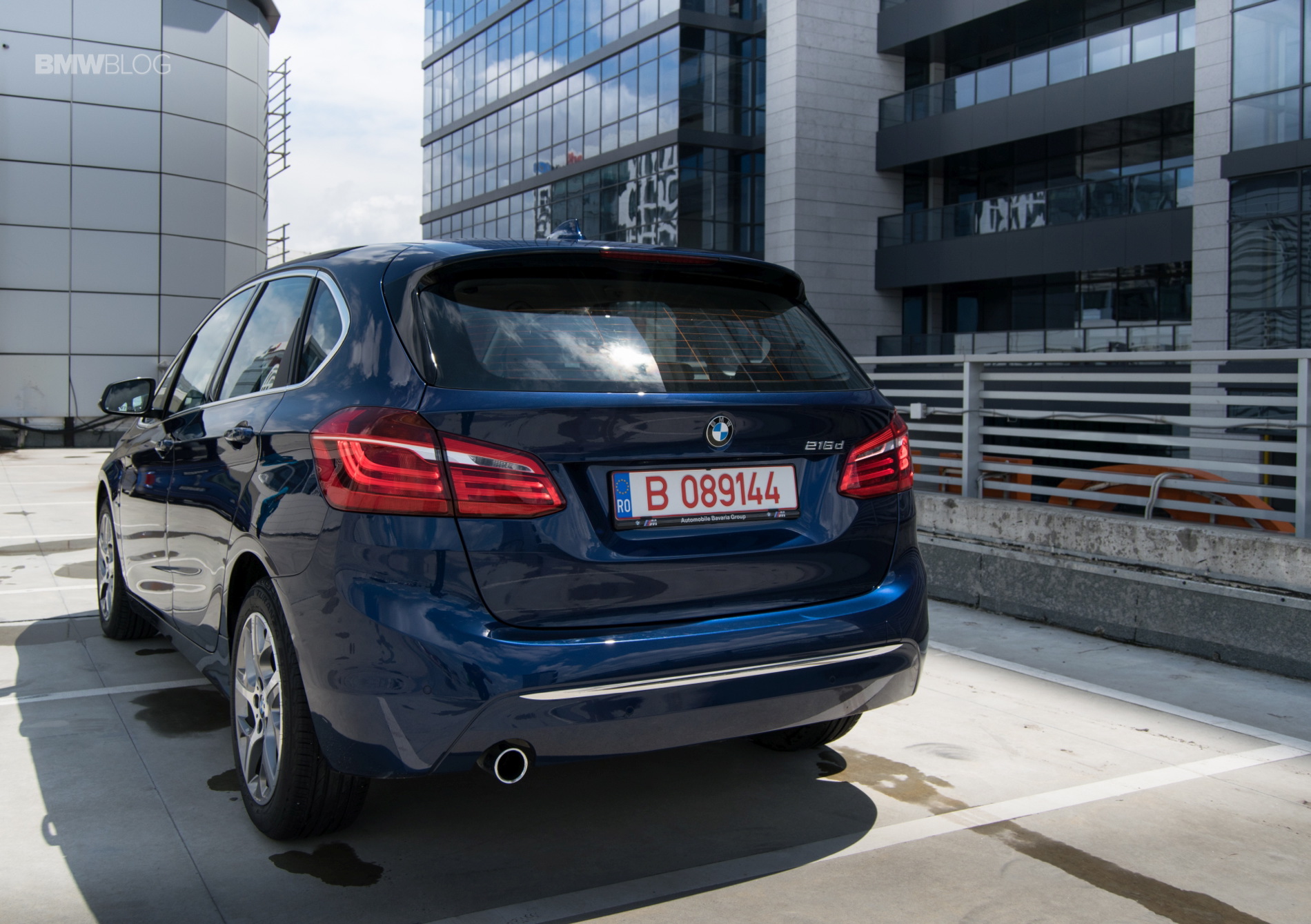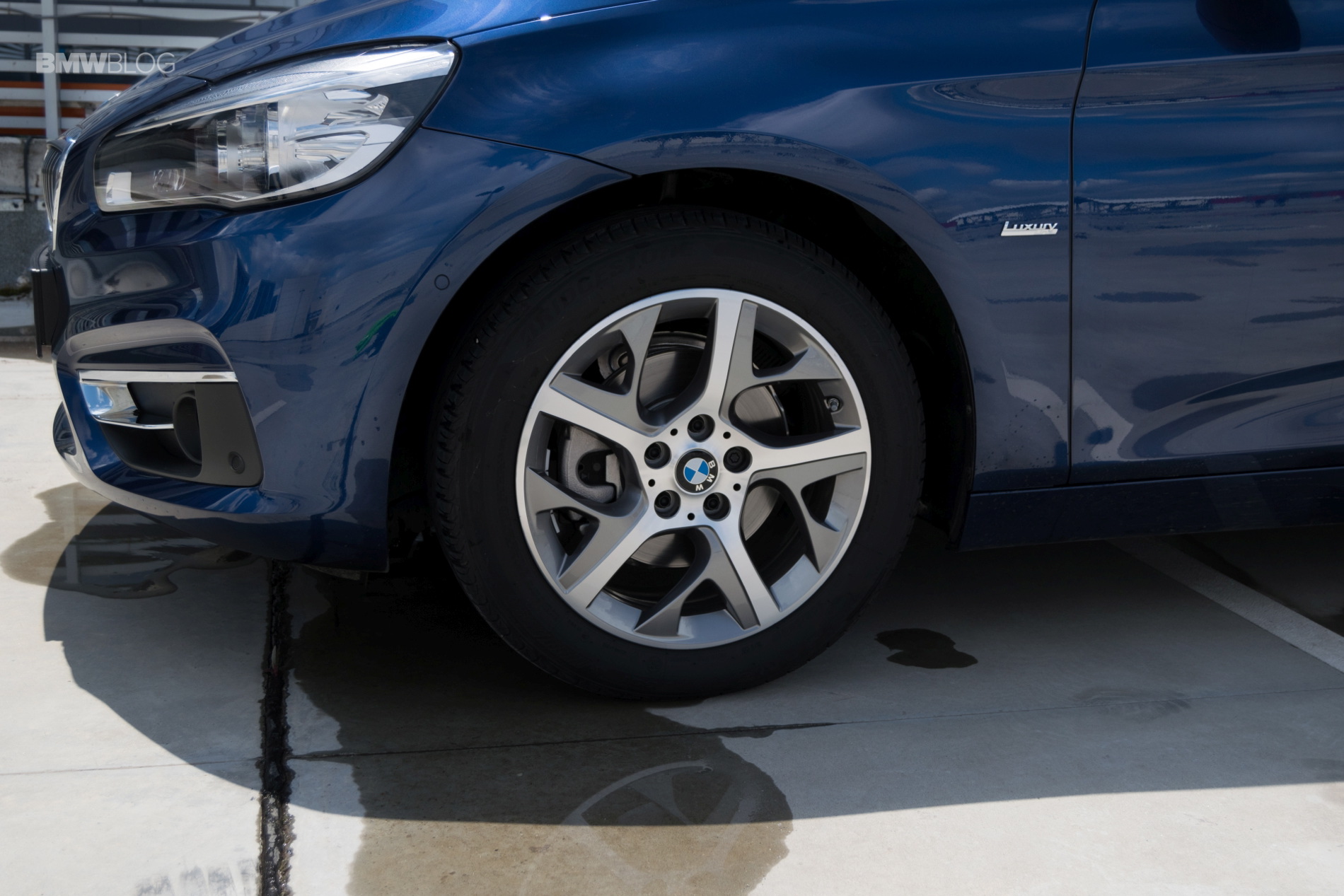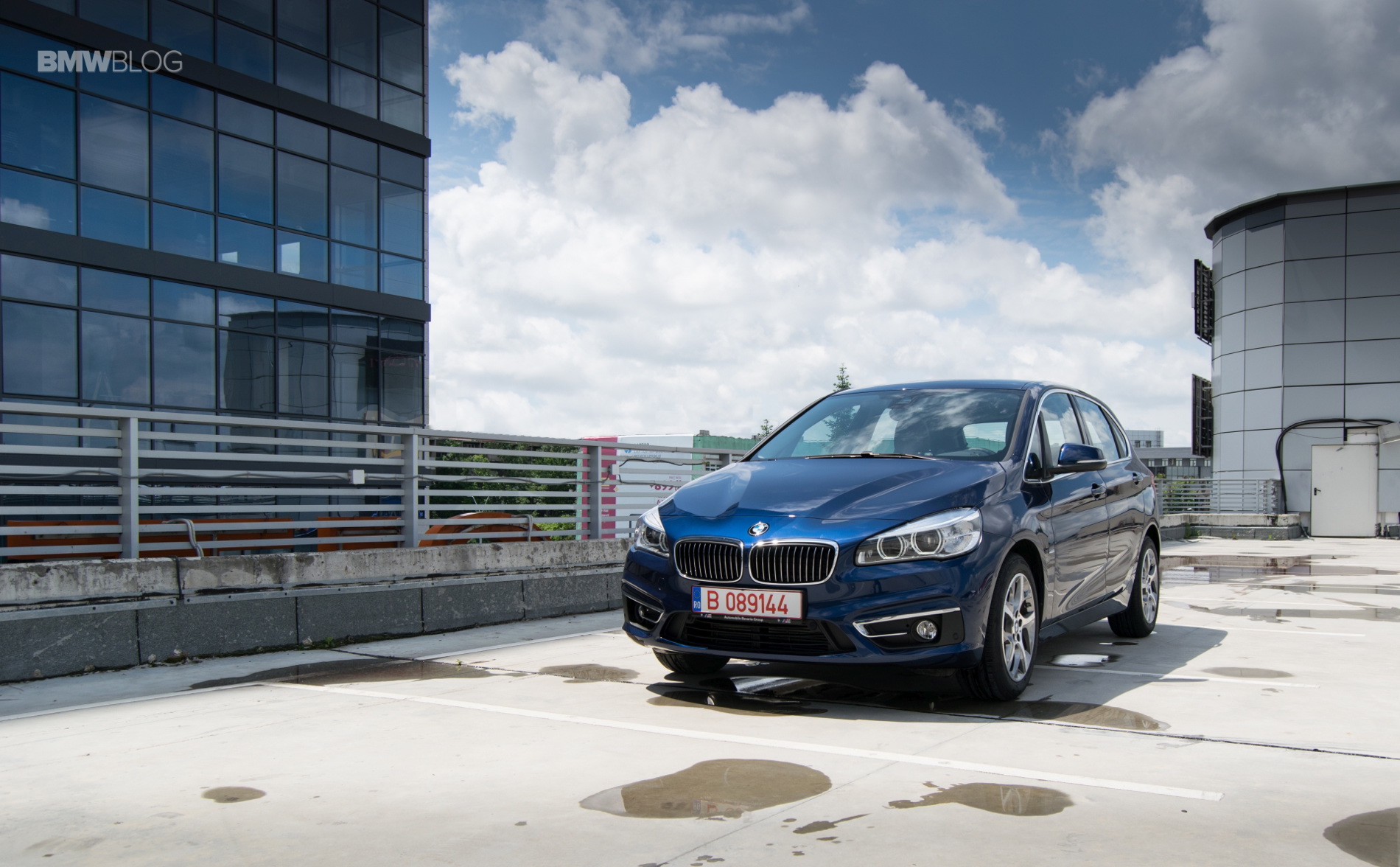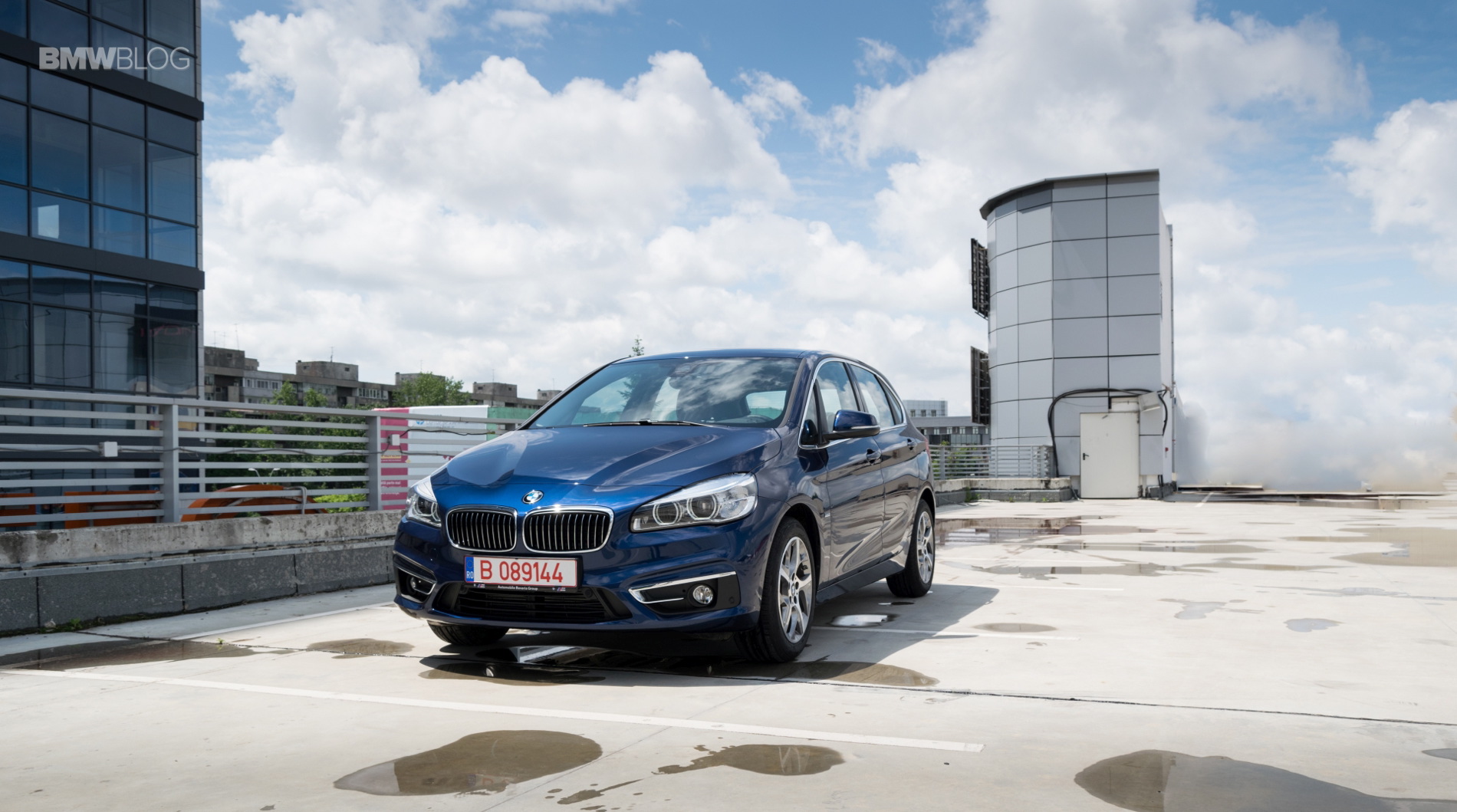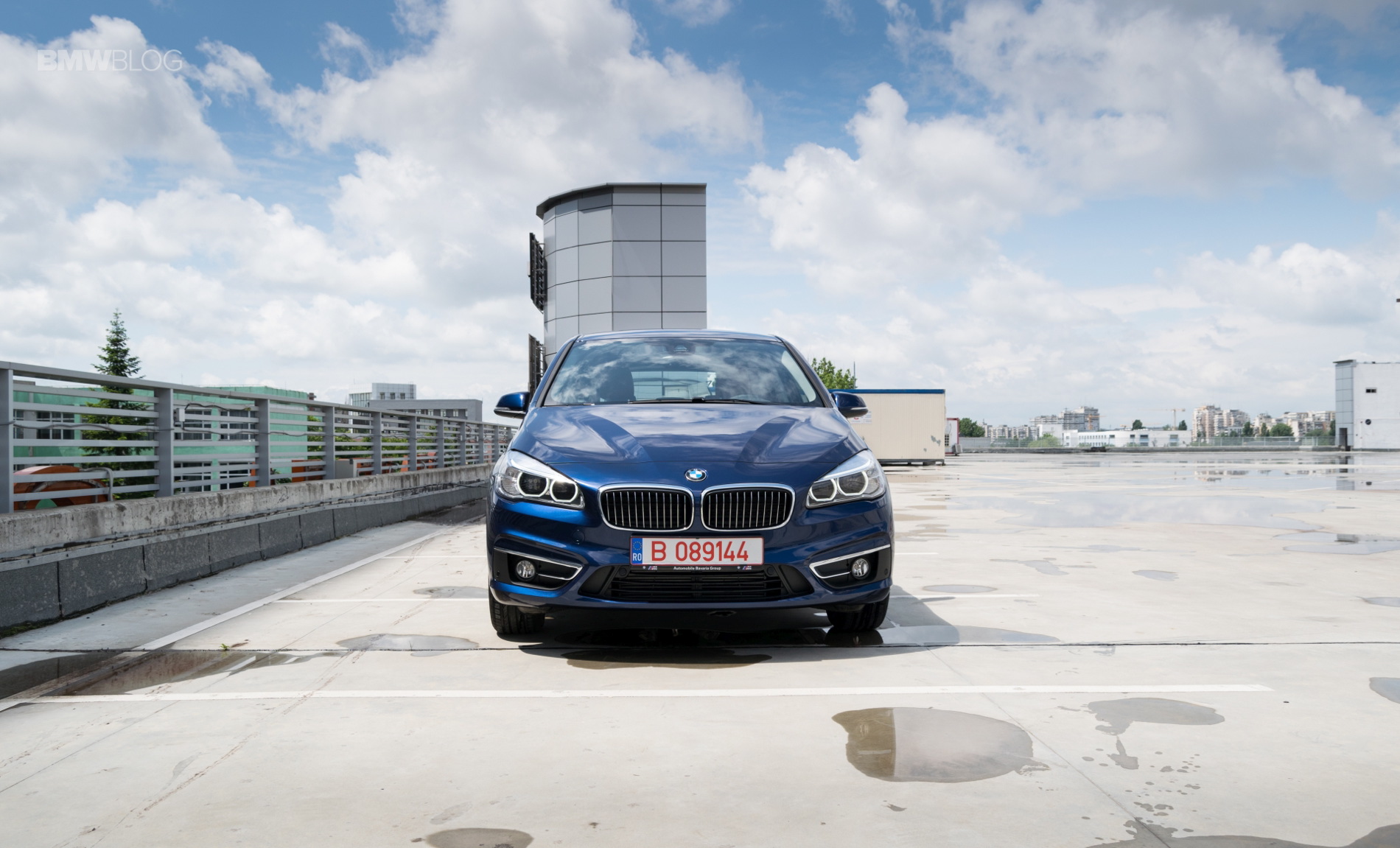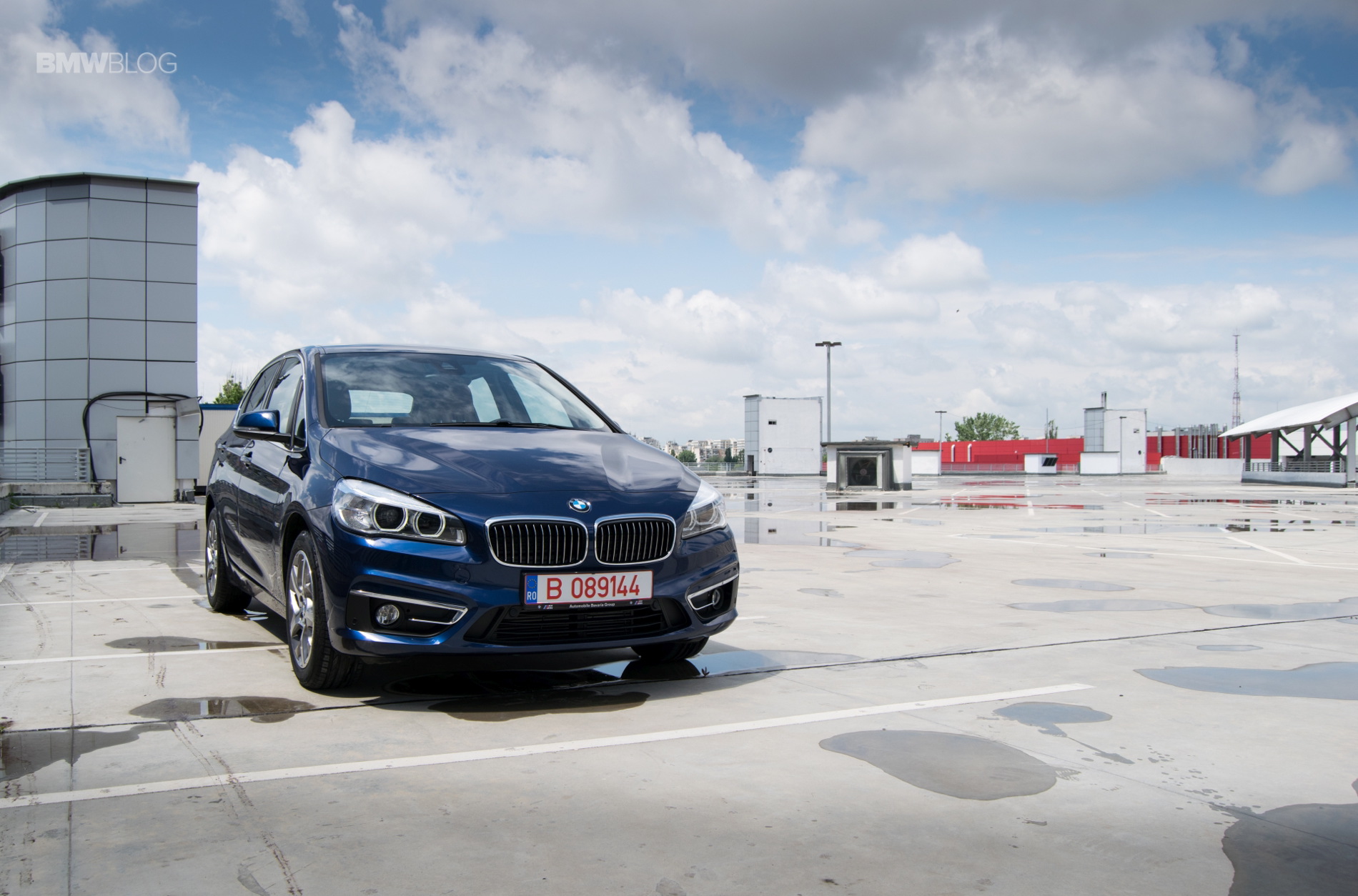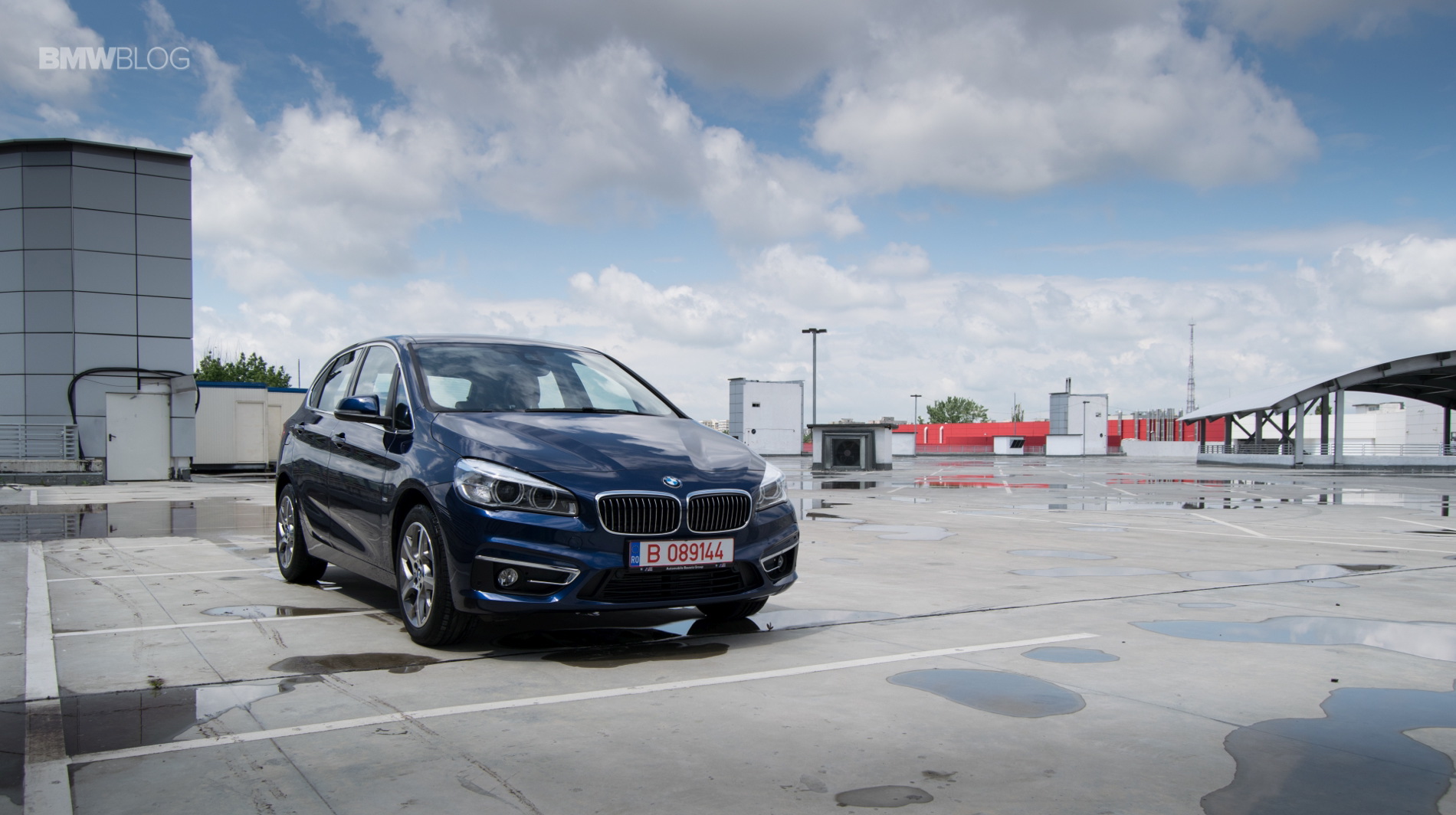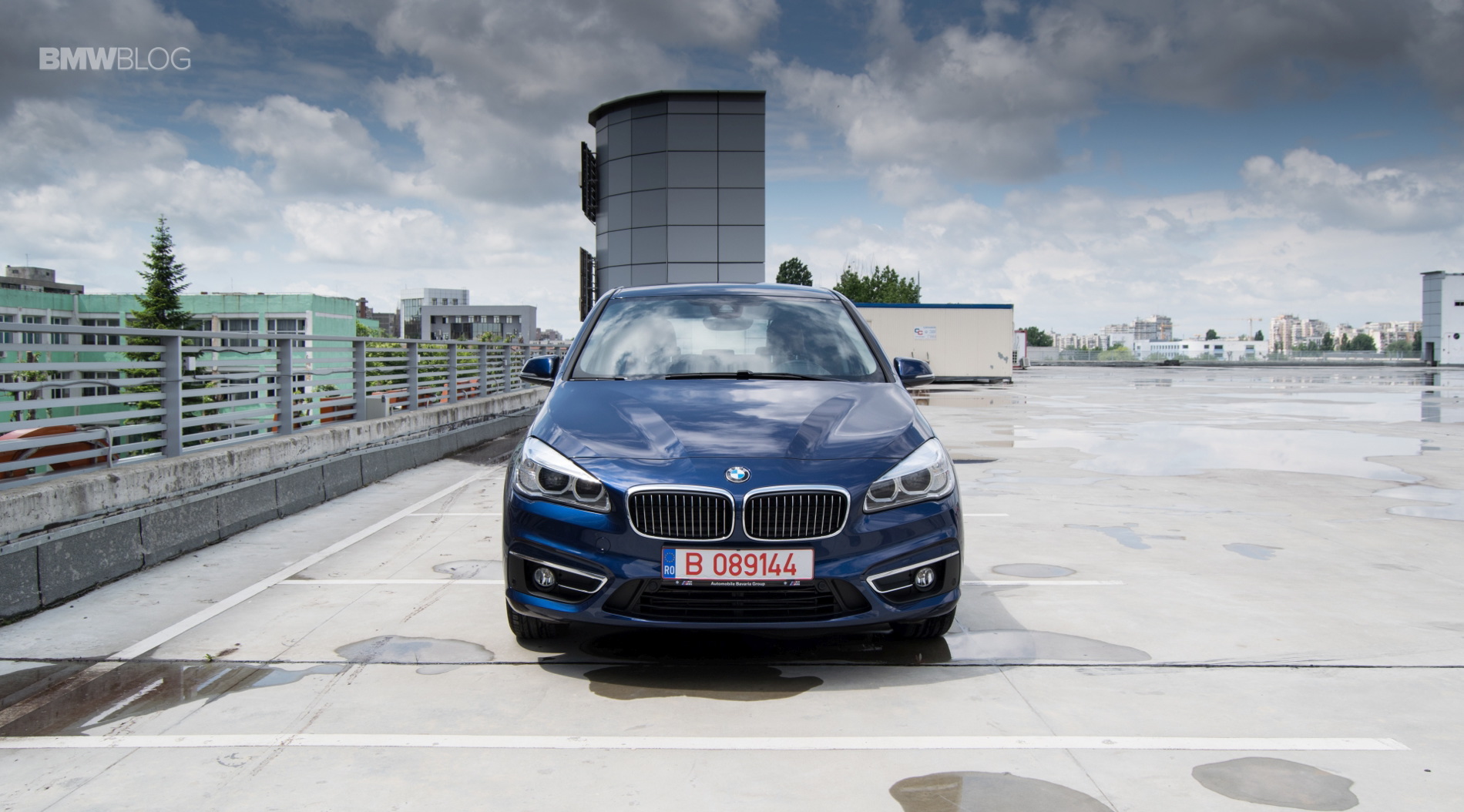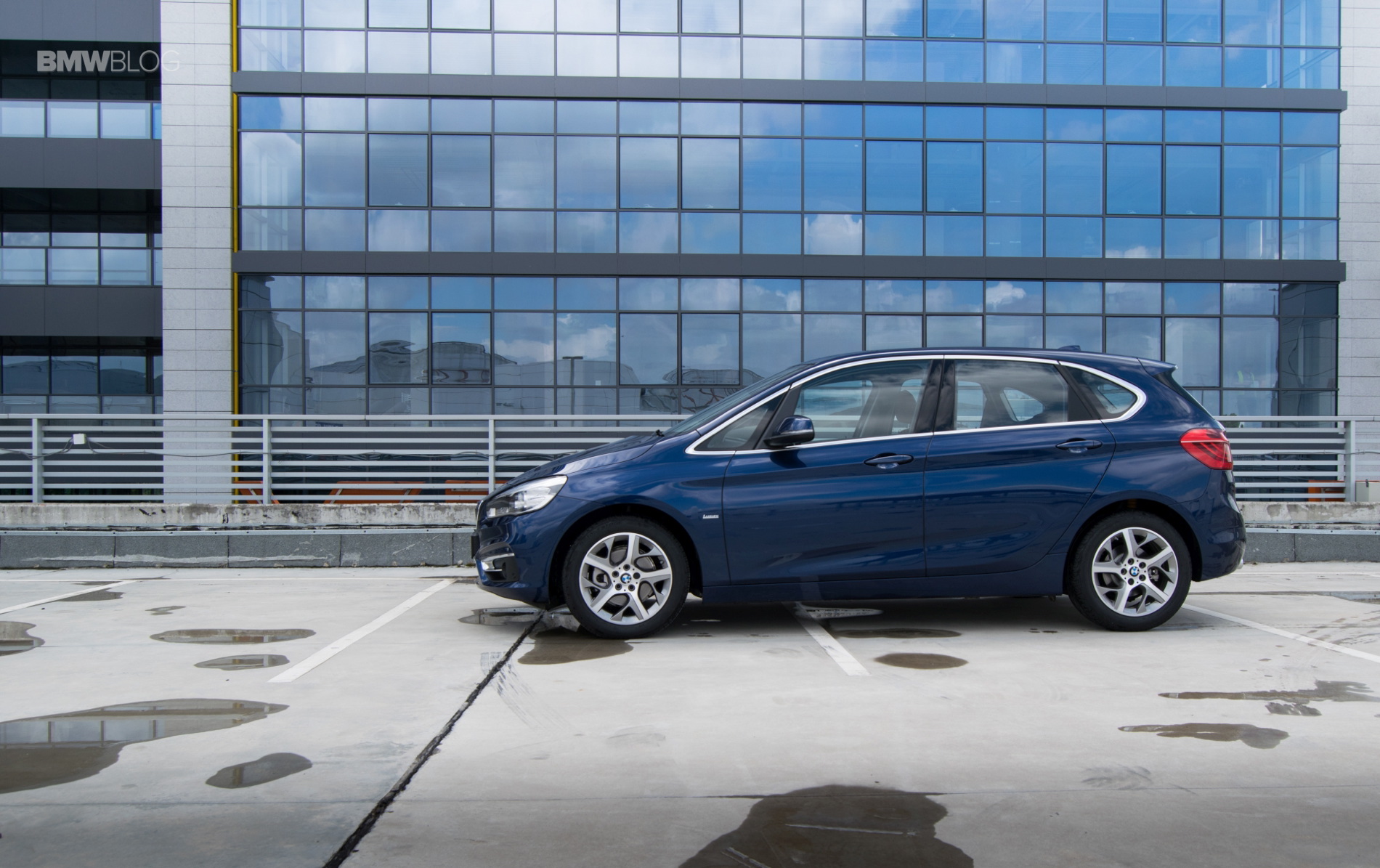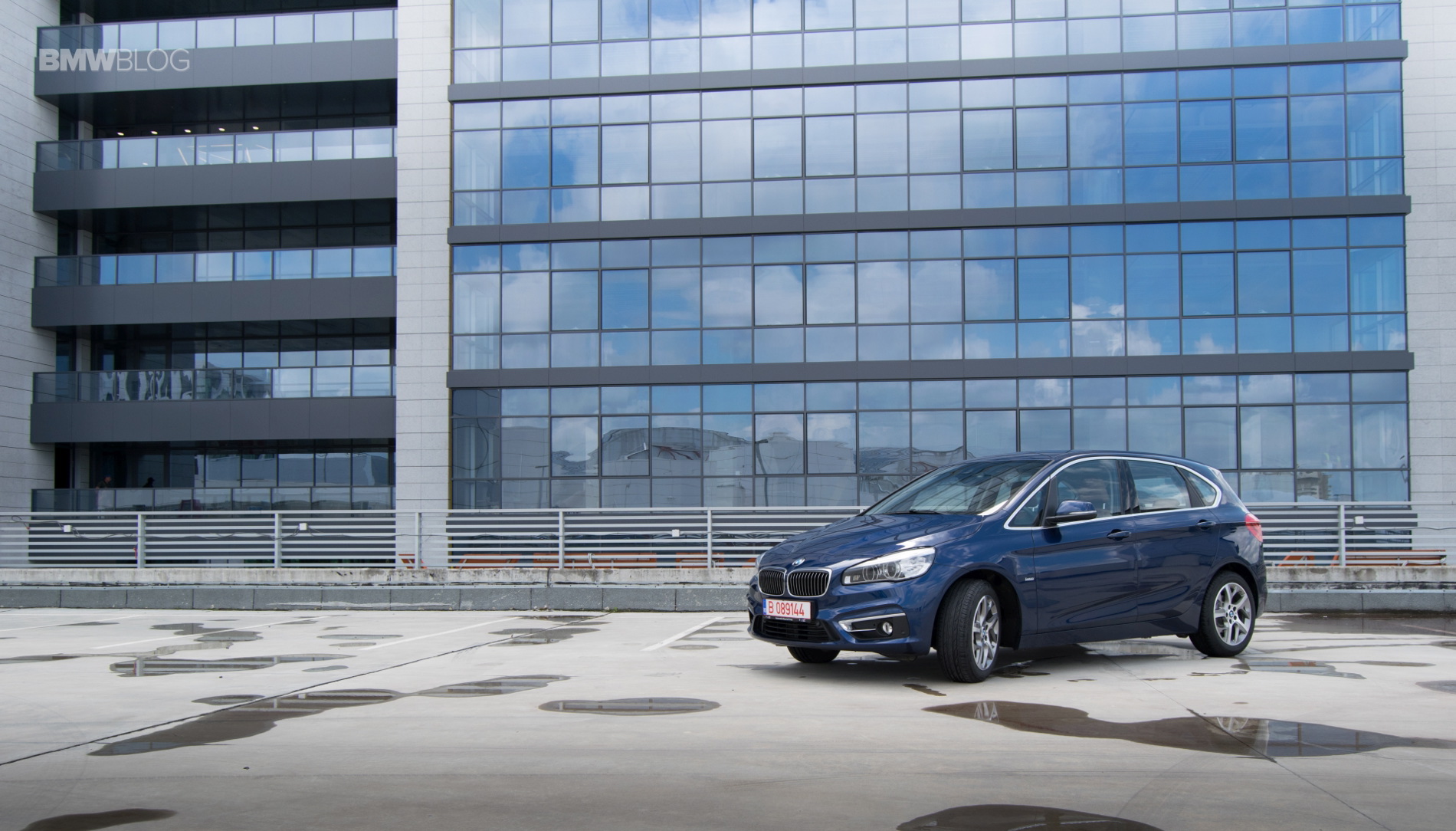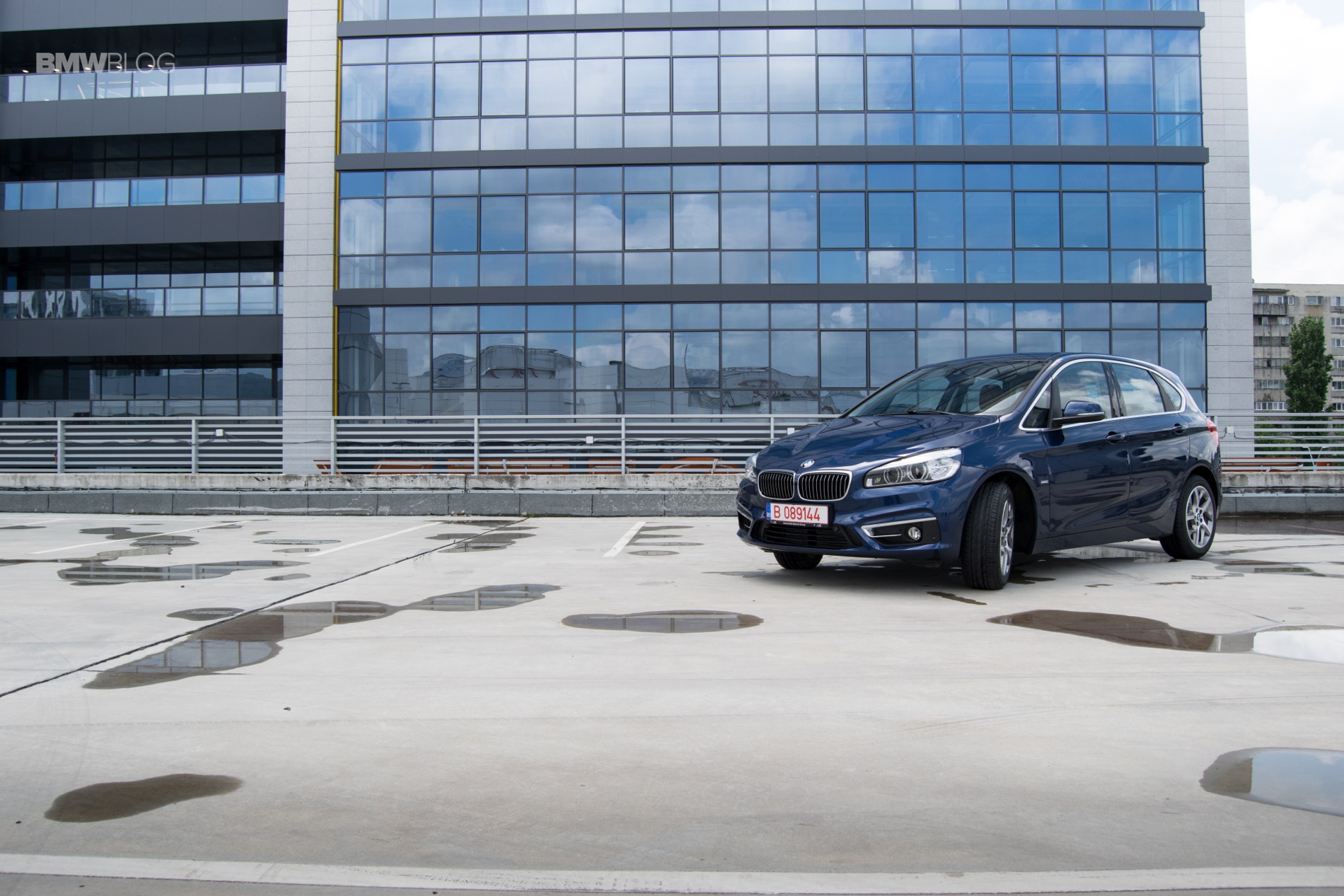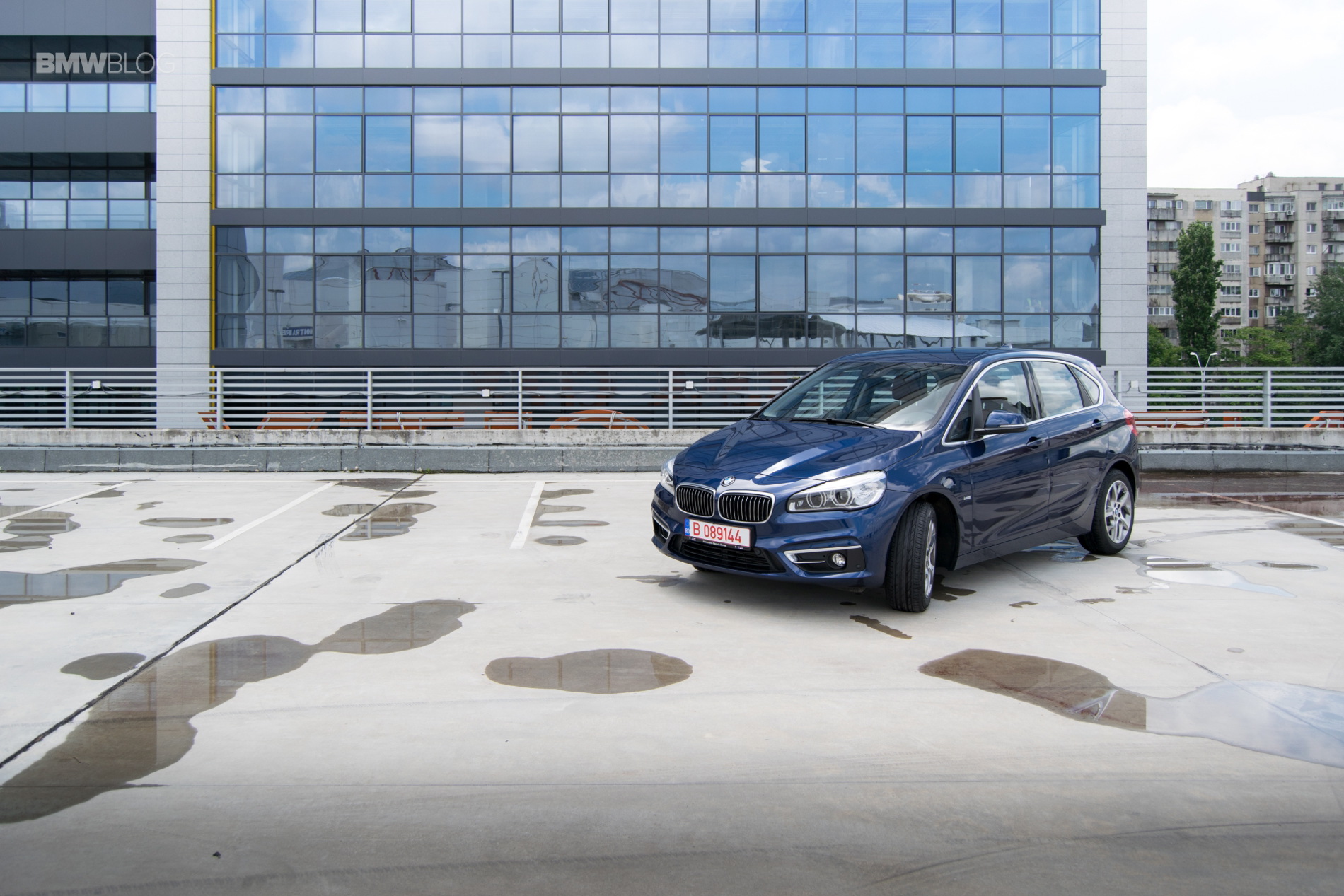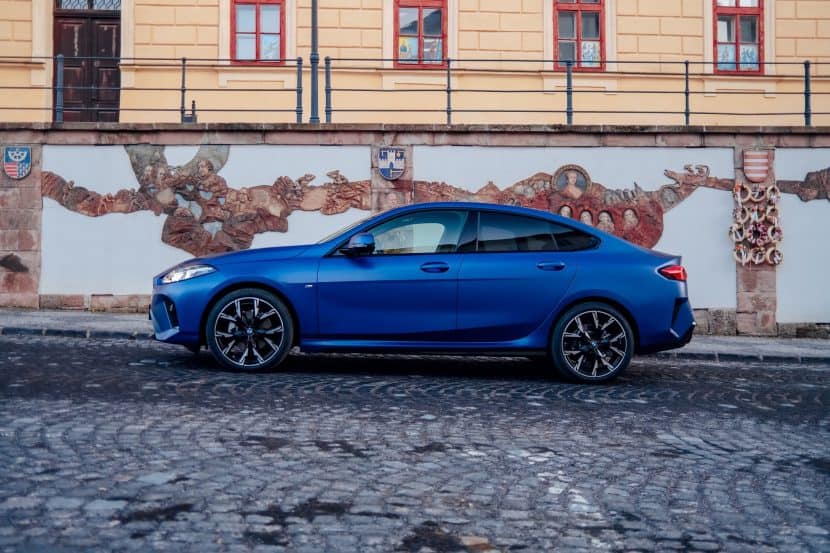When it comes to the auto industry, some things are a bit hard to explain to some of the most loyal and dedicated fans in the world. Leaving tradition behind can be seen as a sacrilege, something that definitely happened when BMW announced the launch of the 2 Series Active Tourer.
If you’re a fan of the blue and white badge then you’ve certainly heard about this car. It’s viewed by many as a certain black sheep of the family, one that especially doesn’t deserve to be included in the same family as the 2 Series Coupe or Convertible. However, as elusive as it may seem right now, I’m certain BMW had a plan in mind when they decided to include the Active Tourer inside the 2 Series family.
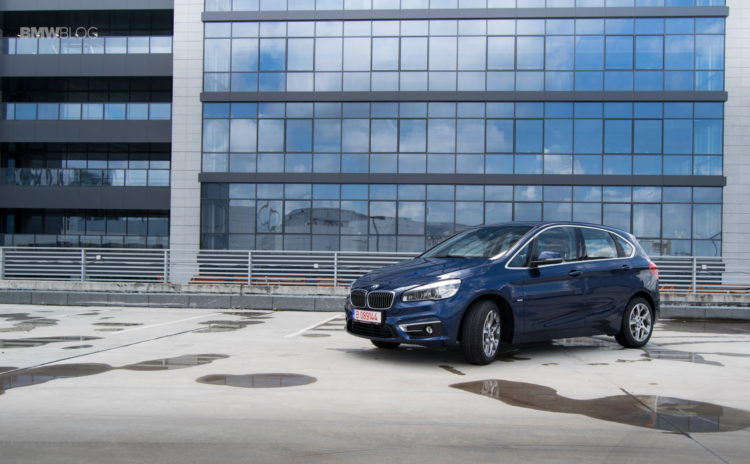
To be completely frank, the MPV and the Coupe have almost nothing in common. Ignoring the common styling cues that can be found on both (such as the badging and the kidney grilles up front), they are completely different. The 2 Series Active Tourer is tall, has a high waist and could, to some degree, be described as the boring, stay at home mom that you know to wear high-waist khakis and a sweater tied up on top of a simple, cotton shirt.
On the other hand, the Coupe and Convertible 2 Series models could stand for those young college girls that can’t wait to elope to Cabo for Spring Break, who you only need to glance at to realize that there’s great potential hiding behind their somewhat forced smile. Even though it may seem like quite a stretch, these cars are exactly that different.
The BMW 2 Series Active Tourer uses a brand new platform, the same one that also underpins cars like the new BMW X1 and a host of MINI models, from the 2-door hatch to the Clubman. Dubbed UKL, it was developed to be as modular as possible and be used for front-wheel drive-based models. And yes, the Active Tourer is front-wheel drive, except for the xDrive versions and even then, the all-wheel drive system isn’t the one you’d expect.
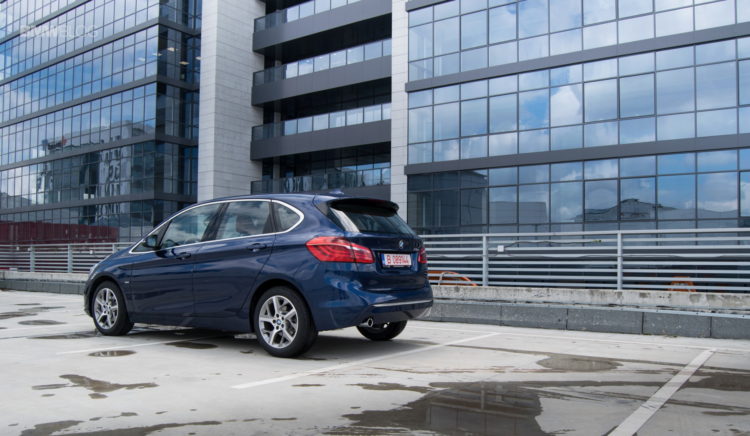
The fact that the Active Tourer uses the UKL platform can be seen everywhere. Leaving the exterior design aside, as soon as you step into the cabin you start noticing a couple of things. The layout will feel strangely familiar, especially if you’ve ever taken a ride inside a brand new BMW X1 as the two share almost everything, from the steering wheel to the HVAC controls.
On absolute terms, the crossover has a bit more room inside and feels a bit more spacious but overall, the dash seems to have been shared between the two without any visible change. The seating position is also incredibly similar, as with both cars the driver has a commanding view of the road, sitting rather high by BMW standards.
Going even further, along with the high seating position, the dash inside the BMW 2 Series Active Tourer also seems to have been intentionally positioned extremely low with a raked design, declined towards the occupants. Couple that with the impressively large windscreen and the tall windows on the sides and you start to understand what the designers wanted to achieve: a roomy atmosphere, with plenty of space for everyone. And they were successful in their task as anyone sitting inside will get plenty of room, be it in the front seats or the back. A tip of the hat for this result has to go to the UKL platform. As BMW claims, they decided to create this new architecture for FWD models in order to be able to offer more room inside a couple of new models without having to grow any bigger on the outside.
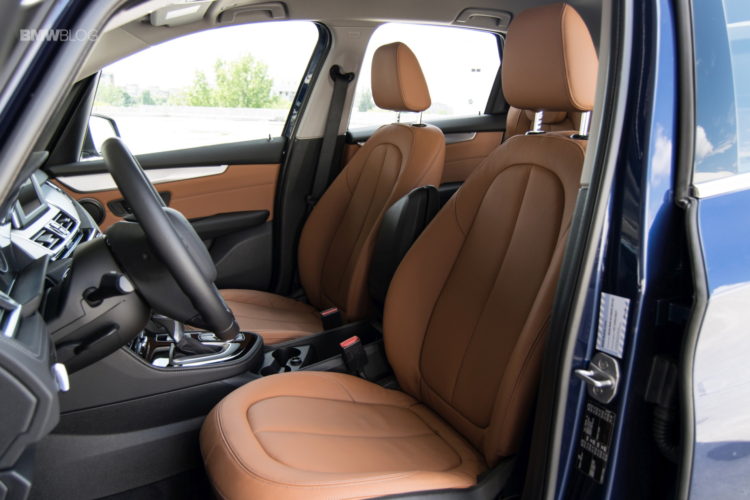
Speaking of the exterior, that’s the one key area where the 2 Series Active Tourer really stands out. As far as BMWs go, this one is the oddest bird of them all. Standing freakishly tall at 1,554 mm (61.2 inches), the Active Tourer is an MPV by all means. The tall greenhouse is yet another key giveaway in this regard, not to mention the short hood and the raked tailgate at the back. Make no mistake, utility was the key word when this thing was designed.
And yet, you can’t really mistake it for a different brand. The front kidney grilles quickly gives it away and the same can be said about the character line that goes up from the front fender to the taillights, giving the whole thing a more aggressive stance. That being said, the 2 Series Active Tourer is also drastically similar in size, proportions and even design to the Mercedes-Benz B-Class, its one true rival in Europe and the main reason why we’re even talking about a front-wheel drive BMW in the first place.
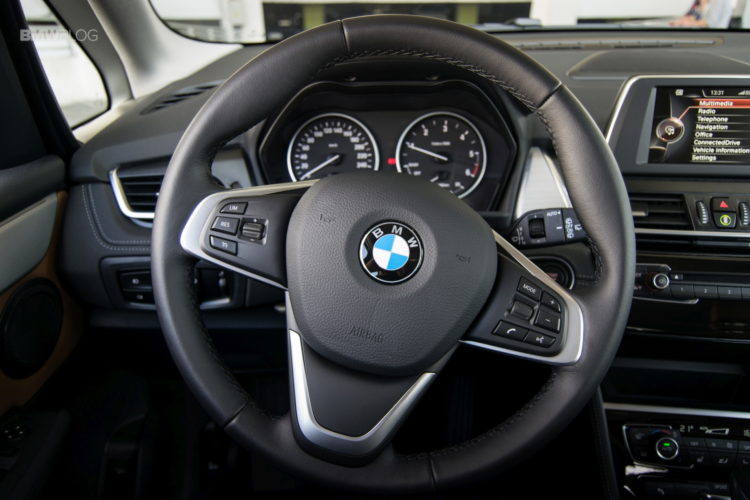
The 2 Series Active Tourer was only brought to life to offer customers an alternative to the B-Class. Before the Bimmer was launched back in 2014, the Merc was sitting, unchallenged, at the top of the sales charts in Germany. You’d be amazed how many front-wheel drive MPVs the Stuttgart-based company used to sell and still does in its homeland. Somehow, the Bavarians couldn’t just stand and watch.
Therefore, using the UKL platform for the entire MINI range, the X1 and the 2 Series Active Tourer became a rather obvious answer to a question that was more and more common inside exclusive gatherings over at BMW’s HQ.
The thing is, in order for the 2 Series Active Tourer to work, the UKL platform also needed a couple more tricks up its sleeve. Those include a new range of engines that could be mounted transversely instead of longitudinally as BMW traditionally does, and a set of new gearboxes that would go with them. That’s why, as soon as you get inside an Active Tourer model you’ll notice that the gearshift lever for the automatic gearbox is a bit different. That’s because, depending on the engine, the car is equipped with the slushbox comes from Aisin and may have 6 or 8 speeds.
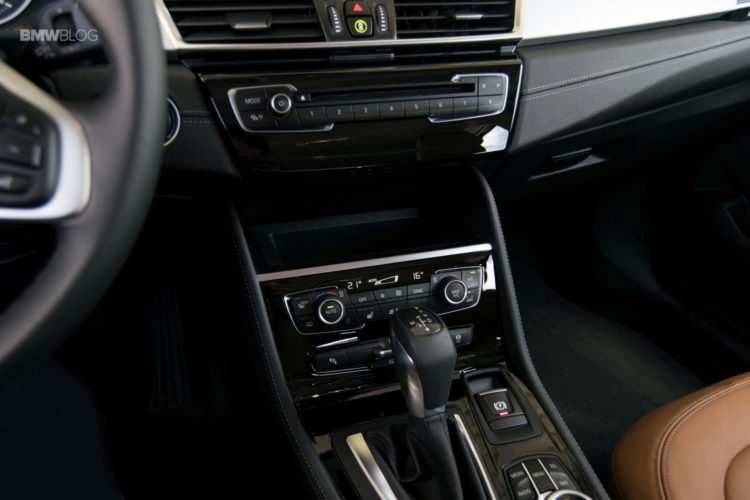
Our tester was the entry-level 216d model with front-wheel drive and a 6-speed Aisin unit changing gears. This is the cheapest diesel 2 Series Active Tourer you can get and the least powerful model too, coming with a 1.5-liter 3-cylinder turbocharged diesel mill, part of the new B37 engine family. With 116 HP and 270 Nm (200 lb-ft) of torque, it’s hard to call the 1.5-ton family hauler anything close to fast or agile. However, there are some perks that come with choosing such a small engine.
Think about who is going to be ordering and using this car. Most of them are moms that want to take their kids to school and back again without too much hustle, without having to be mindful of speed bumps or having to be careful about how they look like when they get in or out, as they would when dipping inside a traditional BMW, sitting seriously closer to the ground. For these customers, the 216d makes a lot of sense, especially when it comes to fuel consumption.
To be more precise, I find myself compelled to tell you that after three days with the car, spent almost entirely behind the wheel, I managed to burn only a quarter of the gas tank, a feat that had never happened before in all my years of testing cars. This thing was efficient!
Furthermore, if you’re worried that a 3-cylinder diesel engine will be noisy or out of balance, you can rest assured knowing that the B37 units inside the new BMW and MINI cars are not going to cause you any headaches. Apart from a particular sound that can only be heard from the outside of the car, the engine was as quiet as a mouse, without any weird vibrations or uncomfortable rumble.
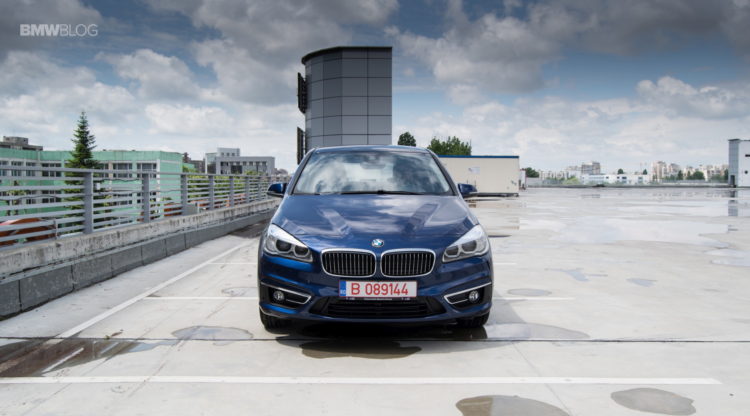
If you do decide to go for a bigger mill, you can go for 2-liter diesels that make up to 190 HP and can be had with 8-speed automatic gearboxes and all-wheel drive or with 2-liter petrol units that go up to 231 HP. Starting this summer, even a plug-in hybrid will be launched, one that uses a powertrain extremely similar to the one on the BMW i8.
Getting back to our good-old diesel burner here, we managed to post an average fuel consumption of 6.8 l/100 km (34.5 mpg) around town a result that was rather impressive considering the traffic we had the ‘pleasure’ of experiencing during our testing. Going for a highway run will see the fuel consumption drop to 5 l/100 (47 mpg) which is downright amazing considering the amount of power sent to the wheels as well as the sheer size of the thing.
However, most of the time the BMW 2 Series Active Tourer will be used around town and, in this regard, the car truly shines. It will take some time to get acquainted with its generous hips and tall ride height, especially if you’re used to more ‘traditional’ BMWs, but once you do you’ll find that navigating even the tightest streets is a breeze.
Visibility is great all around, the turning radius is small and the steering as light as it can get. Chip in the optional adaptive dampers and, with their Comfort mode as well as the rather small (by today’s standards) wheels, you get a pleasurable ride both inside and outside the city. Road noise is limited and even the sound made by the wind hitting the A pillars doesn’t protrude inside the cabin too much, making cruising inside this thing a real pleasure.
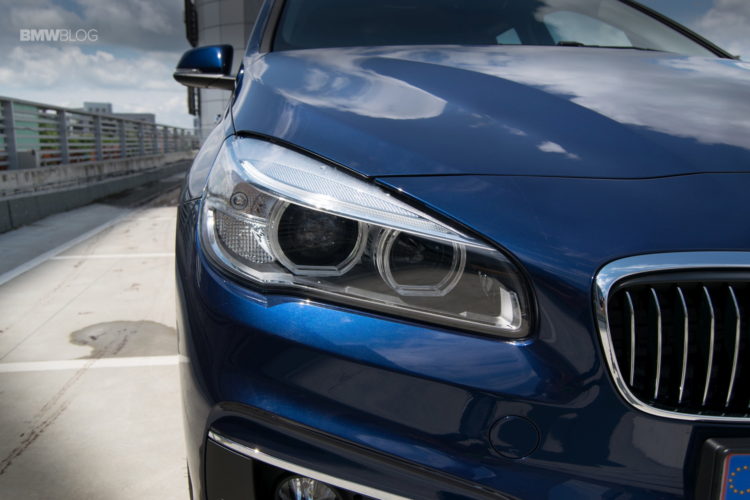
Push it hard though and you start to see its limitations. The 116 HP are clearly not enough to get your adrenaline dose and the car is so docile that you’ll be feeling guilty every time you try to get the tires to squeal. With an acceleration time of 10.6 seconds to 62 mph, you can imagine just how ‘entertaining’ the 216d is in real life.
However, we have to praise the way the car is damped and how the adaptive suspension works. Sure, it does cost 500 Euros but it’s worth every penny if you care about the comfort of yourself and the people riding with you. Furthermore, in an attempt to make the car as practical as possible, BMW decided to offer some of the best seats in the segment.
The front and the rear seats were extremely comfy and the rear bench was foldable in a 40:20:40 three-way split. On top of that, you could slide the seats forward and backwards as well as adjust the back rest, to fit more luggage in the back or maybe to sit more comfortably. To be completely frank, other manufacturers of MPVs have been offering such optional features for quite some time now but it is a daring step in a new direction for BMW nonetheless.
What sets the BMW apart from some of its competition though comes in the plethora of technology bits that will reassure you that you’re still behind the wheel of a Bavarian machine. You get such things as Adaptive Cruise Control, a Parking Assistant that will park the car for you (both longitudinally and transversely) and the Traffic Jam Assistant that will be keeping you in lane in heavy traffic, at speeds up to 60 km/h (37 mph) on highways. Our tester was even fitted with LED Adaptive Headlights which were rather expensive at 990 Euros when you think about the fact that the starting price for the 216d is 29,350 Euros.
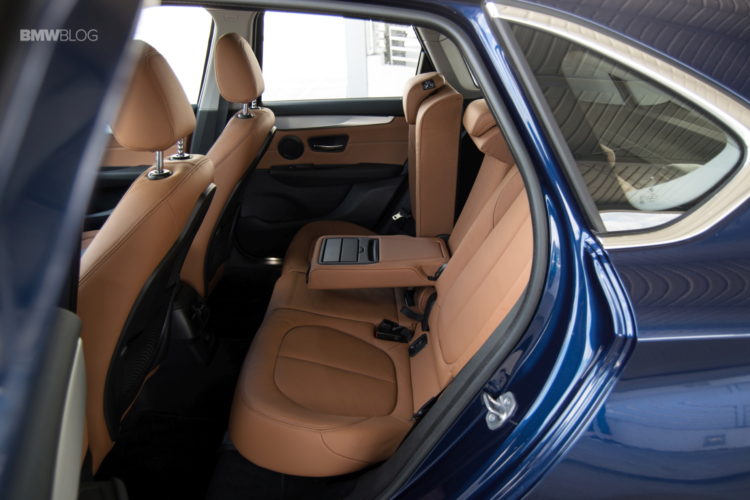
So where does this all leave us regarding BMW’s first attempt at a front-wheel drive vehicle with its badge on the hood? In terms of dynamics, the 2 Series Active Tourer definitely has potential. For a car with a high center of gravity and with the power sent to the front wheels alone, we could feel that there was plenty of potential at hand here. Sure, the engine didn’t help but we have a sneaking suspicion that the 225i xDrive model will offer plenty of thrills for a car in this segment.
On the other hand, the 2 Series Active Tourer could probably be best described as an experiment. It’s pretty obvious that BMW is testing the water with this, its first Multi-Purpose Vehicle. It becomes blatantly clear when you realize that, for the first batch, the Germans decided to keep the US market untainted, with the probable intention to see how it fares in other countries before launching it into battle in one of its most profitable markets in the world, where brand awareness matters most.
For a first try, things aren’t bad at all. Sure, for a family car, it lacks a couple of things and it could’ve been designed better, at least on the inside where more clever storage solutions could’ve been included. But even so, the sales figures proved that BMW was right to make this move, with the 2 Series Active Tourer selling extremely well in Europe for now, possibly warning us that we should just get used to this sort of compromise as they are definitely going to gain more and more traction in the future. Not necessarily because BMW officials love making them but because they are a necessity.
2016 BMW 216d Active Tourer
Exterior Appeal - 5
Interior Quality - 7
Steering Feedback - 5
Performance - 5
Handling - 5
BMWness/Ultimate Driving Machine - 5
Price Point - 7
5.6
The 2 Series Active Tourer could probably be best described as an experiment. It’s pretty obvious that BMW is testing the water with this, its first Multi-Purpose Vehicle.


